DROPS Lima
The perfect every day yarn!
from:
2.19€
per 50 g
Content: 65% Wool, 35% Alpaca
Yarn Group:
B (20 - 22 stitches)
/ 8 ply / DK / worsted
Weight/length: 50 g = approx 100 m
Recommended needle size: 4 mm
Knitting tension: 10 x 10 cm = 21 sts x 28 rows
Care: Hand Wash, max 30°C / Dry Flat / Feltable
Superwash: no
Made in: Peru
Raw material origin: Alpaca and wool from South America
This yarn has an Oeko-Tex® certification (certificate number 23.HPE.36896), Standard 100, Class II from the Hohenstein Institute. This means that is has been tested for harmful substances and is considered safe in human-ecological terms. Class II means the yarn is suitable to come in direct contact with the skin to a large extent, such as blouses, shirts, mattresses, etc.
DROPS Lima is a 4 strands sport yarn, made in a combination of 65% wool and 35% superfine alpaca, and its fibers are untreated, which means that they are only washed and not exposed to any chemical treatment prior to the dyeing. This highlights the fibers’ natural properties, while also providing a better shape and texture quality.
DROPS Lima is perfect for outdoor garments like classic Norwegian sweaters and sportswear, that are usually knitted tight for good shape stability. Hard wearing and durable like any great wool yarn should be, it also has the lovely properties from the alpaca, being soft and comfortable. A sport yarn with a touch of luxury!
Read more about our products' sustainability here
Please be aware that the colours shown may vary from screen to screen in the same way that shades may vary slightly from dye lot to dye lot.
How do I care for this yarn?

Hand Wash, max 30°C / Dry Flat
First of all, consider just airing the garment, instead of washing it. If you still desire to wash it, here are some guidelines:
- Hand wash at 30ºC - separately - with wool detergent without enzymes or optical brighteners.
- Don’t let the garment soak. Move the garment gently back and forth, do not rub or squeeze it.
- Rinse the garment until the rinse water is completely clear, making sure the water temperature stays uniform.
- Do a light centrifugation of the garment (about 800rpm), choosing a program that DOES NOT take in water at the start. Or press carefully the water out of the garment with a dry towel. The garment shouldn’t be twisted or rolled.
- To dry the garment, shape it and lay it flat - do not hang - ideally on a warm bathroom floor or on top of a drying rack in a room with good air circulation. Never dry the garment in direct sunlight.
- Don’t tumble dry.
- Never iron the garment directly. Use always a damp cloth between your steaming iron or regular iron and the garment.
Note: If you are washing a project made with this yarn combined with another, the general guideline is to follow the washing instructions for the most delicate of the yarns you are working with.
Thinking about felting this yarn?
See how this yarn looks before and after felting:
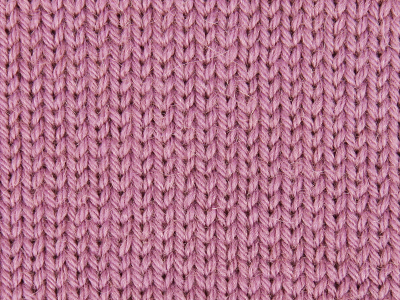
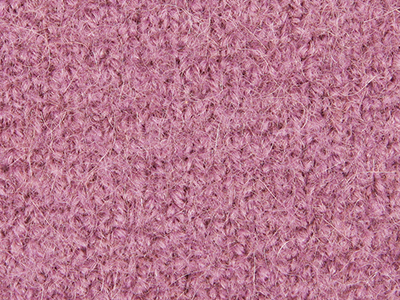
Needles: 4.00 mm
Before: 20 sts x 26 rows
After: 22 sts x 34 rows
Do you have a question about this yarn?
See a list of frequently asked questions (FAQ) about our yarns.
1) What type of fibers make the DROPS yarns?
Yarn can be made from a large number of natural and synthetic fibers. DROPS carries mainly yarns made from wool, cotton, alpaca, linen, mohair and silk. Each fiber type has its own qualities, and they are often mixed to take advantage of the best properties of each one. Coarse yarn has the advantage of being stronger and more durable, and finer fibers offer more softness and comfort. Here a bit about the main fibers we carry:
Alpaca:
Alpaca fleece is the natural fiber harvested from an alpaca, and it is similar in structure to sheep wool fiber. Its softness comes from the small diameter of the fiber, similar to merino wool. It is a soft, durable, luxurious and silky natural fiber. Yarn made from alpaca fibers does not felt or pill easily, and it can be light or heavy in weight, depending on how it is spun. While similar to sheep’s wool, it is warmer, not prickly, and has no lanolin, which makes it hypoallergenic. Alpacas come in 22 natural colors, with more than 300 shades from a true-blue black through browns-black, browns, white, silver and rose-greys.
Mohair:
This fiber comes from the Angora goats, and it's considered a luxury fiber. Mohair yarn is warm as wool, but much lighter in weight; it is durable, dyes well and does not felt easily. Mohair fibers have also a distinctive luster created by the way they reflect light. Despite being a hard fiber, mohair is usually spun into a very fluffy yarn, resulting in airy and lustrous garments.
Wool:
The wool fibers come from the skin of sheep and are relatively coarse fibers. Two striking characteristics of wool are its susceptibility to heat and its felting property, which is caused by the scales on the surface. Depending upon the breed of sheep, the appearance of the wool varies.
Wool from Merino sheep is considered the finest type of wool, having as characteristics that is finely crimped and soft. All the Merino wool in the DROPS yarns has its origins in South America, coming from sheep that have not been subject to Mulesing.
Pure new wool is wool made directly from animal fleece, and not recycled from existing wool garments.
Machine washable wool is wool treated chemically to minimize the outer fuzzy layer of the fibers, and be therefore fitable for machine wash (see Superwash).
Silk:
The silk fiber is a fine continuous fiber produced from the cocoon of a moth caterpillar known as the silkworm. While silkworm is cultivated, the wild or tussah silk is obtained from uncultivated silkworm cocoons. Silk fiber is one of the strongest natural fibers and makes a wonderful knitting yarn. It blends really well with other fibers, especially wool. Silk also dyes beautifully with natural dyes.
Vegetable fibers:
There are several varieties of vegetable fibers, found in the cell walls of plants or vegetables. Of all the varieties, two are recognized as major knitted or textile fibers. They are cotton and linen.
Cotton is the fiber surrounding the seeds in a cotton pod, and it is almost pure cellulose. Cotton is usually white in color but there are green and brown varieties as well. The cotton fiber is most often spun into yarn or thread and used to make a soft, breathable textile that is good for summer clothing and accessories, making a weaker yarn than silk or linen but stronger than wool.
Mercerized cotton is cotton that has been through a mercerization treatment. This treatment gives cotton fabrics and threads a lustrous yarn that is more lustrous than conventional cotton. It is also stronger, takes dye a little more readily, makes the yarn more resistant to mildew and reduces lint. It also may not shrink or lose its shape as much as "regular" cotton.
Linen is a fiber derived from the stalk of the flax plant that is durable and stronger than any other fiber. The linen fiber is relatively soft, straight and lustrous and becomes more beautiful with age. Linen is more comfortable to wear in hot temperatures than cotton, due to the fact that it absorbs moisture better and dries more quickly.
Other materials used in our yarns include synthetic fibers such as acrylic, viscose, polyamide (nylon) and polyester. These fibers are used mostly to give strength to a yarn (like our sock yarn, DROPS Fabel) or a special kind of structure (like our blown yarn, DROPS Air).
The polyamide fibre, commonly known as nylon, is very strong, durable, lightweight, easy to care for (can be machine washed and dried), and elastic, which makes it perfect for blending with other fibres to produce hard-wearing yarns like sock yarn.
Compared to polyester, polyamide is softer and more flexible, but it also absorbs more water and dries slower.
3) What type of information can I find on the DROPS yarn labels?
All DROPS yarn labels include information about fiber content (wool, cotton, etc.), weight in grams and ounces, length in meters and yards, washing instructions and symbols (explained here), color number, dye lot number and yarn group information.
4) What are the DROPS yarn groups?
All DROPS yarns are classified into 6 different thickness groups (A to F). Yarns in a same group have similar knitting tension/gauge, and can therefore be interchanged in patterns; however the length may be different, so when substituting always calculate the amount of meters/yards needed for the pattern to know the amount of yarn you need to get.
5) Can I use a different yarn than the one mentioned in the pattern?
Yes, as long as the yarn can be worked in the same knitting tension/gauge. Always swatch to make sure you get the same number of stitches in width and rows in height as given in the pattern.
Remember that different yarns with different textures, will give the garment different looks. The yardage/length may also be different, so when substituting always calculate the number of yards needed, in order to know the amount of yarn you need.
Read more about how to calculate the amount of an alternative yarn - and how to replace 1 thread of a yarn with 2 or more of another, here.
6) What does it mean when a yarn is “Superwash”?
A superwash wool is a special wool product that has been treated or processed in a way that allows it to be machine washable. Many people are afraid to work with wool because it is so easy to shrink (though some shrink wool on purpose) and superwash wool can allow them to work with great fibers without worry. (Read more here).
7) What does “Oeko-Tex® certified” means?
The Oeko-Tex® Standard 100 was introduced at the beginning of the 1990s as a response to the needs of the general public for textiles which posed no risk to health. The Oeko-Tex® Standard 100 is a globally uniform testing and certification system for textile raw materials, intermediate and end products at all stages of production. The test for harmful substances comprise substances which are prohibited or regulated by law, chemicals which are known to be harmful to health, and parameters which are included as a precautionary measure to safeguard health.
For more info go to www.oeko-tex.com
10) How accurate are the colours on the shade cards online?
When obtaining images for the shade card, we do our best to achieve the highest level of color accuracy. Unfortunately, we cannot guarantee how images will appear on your computer screen. Every monitor displays color differently, some colors might look darker than they really are, and some colors might be more saturated on some screens. If you experience that many of the yarn colors looks different on your screen than the actual color of the skeins, you can adjust the setting on your monitor.
11) What is a micron? What does super fine / extra fine mean?
The fineness of yarn fibers is measured in microns (thousands of millimeters). Super fine alpaca wool is 26-28 microns. Fine merino wool is less than 21.5 microns and extra fine merino is under 19.5 microns. The less microns the softer and more delicate a quality can be, the more microns the more hard wear the quality will be.
The reason why the microns in a yarn’s fibers are important is that the yarn will eventually become something else, and how delicate or coarse a yarn is will determine in part what we use it for. That’s why we recommend the softest yarns (like DROPS Baby Merino) for baby clothing, or why we choose to use a more hard wear yarn like DROPS Snow, for a seating pad or slipper.
12) Why are the colours in my skeins of print yarn different?
The reason why two skeins of a same print yarn look different can be 1) that both skeins are part of different dye lots; 2) that the skeins have been dyed using a technique called "magic print" (the one used for example in DROPS Delight), which provides unique patterns and smooth colour transitions to each skein, meaning also that within one dye lot, lighter or darker varieties might appear. This is no fault or defect, but part of the yarn's character.
13) My store doesn’t have the colour I want, what can I do?
If your DROPS store doesn’t have the yarn colour you want, try contacting a DROPS Super Store (the ones with the golden badges) - they will make sure to get a hold of the colour even if they don’t have it in stock themselves. See a list of all DROPS stores here.
14) Where can I find a specific dye lot of a colour?
Always try contacting your DROPS store first. If they do not have the dye lot you want we recommend you to ask other knitters and crocheters in the DROPS Workshop in Facebook or Ravelry, which may have the dye lot in their stash and might be willing to part from it.
Yarn sheds because there's not enough twist to hold all of the fibers together. All yarns have excess fibers (from production) that might come off as lint or shedding, in varied degrees that depend on how the yarn is spun. Brushed yarns ("hairier" yarns) like DROPS Melody, have more of these loose fibers than other yarns, and therefore shed more. Shedding also depends on what is worn under or over the garment, and whether this pulls at the yarn fibers. It’s therefore not possible to guarantee that there will be no shedding.
Below are some tips on how to get the best result when working with hairier yarns:
- When the garment is finished (before you wash it) shake it vigorously so the looser hairs come off. NOTE: do NOT use a lint roller, brush or any method that pulls at the yarn.
- Place the garment in a plastic bag and put it in your freezer - the temperature will cause the fibers to become less attached to each other, and excess fibers will come off easier. Leave in the freezer for a few hours before taking it out and shaking it again.
- Wash the garment according to the instructions on the yarn label. Garments worked with hairier yarns usually need to be shaken once dry after washing, so that the hairs rise and any excess fibers can come off.
Pilling is a natural process that happens to even the most exclusive of fibers. It's a natural sign of wear and tear that is hard to avoid, and that is most visible in high friction areas of your garment like a sweater's arms and cuffs.
You can make your garment look as new by removing the pilling, using a fabric comb or a pill/lint remover.
How can I replace this yarn?
If you are looking to replace this yarn with another DROPS yarn, you can use another yarn within the same yarn group, or try our yarn converter!
Other yarns in Yarn Group B
Read more about replacing yarn.Have a problem with the DROPS yarn you purchased?
When you purchase yarn from the shade cards or patterns on our site, you are not buying directly from DROPS but from one of the hundreds of DROPS stores around the world. It is therefore important that you take contact with the DROPS store where you bought the yarn, and that you save the labels of all the skeins you purchased (they are your warranty).
The DROPS store you contact will assist you and escalate the claim if necessary. Find a list of DROPS stores here.
Comments / Questions (220)
![]() Ruth Hatherell wrote:
Ruth Hatherell wrote:
Hi sadly you have discontinued the Lima Pistachio 7219, is there another drops yarn which is similar in colour? I am making a temperature blanket so an exact match will not matter just similar and DK many thanks
17.01.2021 - 11:51DROPS Design answered:
Dear Mrs Hatherell, you could ask your DROPS store if the colour 26 in Merino Extra Fine could be the one you are looking for - they will be able anyway to suggest any other idea, even per mail or telephone. Happy knitting!
18.01.2021 kl. 12:08
![]() Jacques Conradie wrote:
Jacques Conradie wrote:
Is the DROPS Lima Oeko-Tex® certified?
16.01.2021 - 17:30DROPS Design answered:
Dear Mr Conradie, our DROPS Lima is not Oeko-Tex certified. Happy knitting!
18.01.2021 kl. 11:49
![]() Catherine wrote:
Catherine wrote:
Hallo, ich möchte mit Säurefarben selber Wolle färben. In einem Tutorial benutzt jemand dazu sehr erfolgreich Ihre Merinowolle. Ich würde gerne auch Mischgarn versuchen, vor Allem mit Alpaka, also z. B. der Lima. Laut Foren ist das möglich, ich wundere mich aber, da die Wolle sehr stark erhitzt wird, müsste sie doch eigentlich einlaufen oder filzen, oder? Bitte um Rat: welche Ihrer Qualitäten darf ich selber färben? LG, Catherine
15.01.2021 - 14:44DROPS Design answered:
Liebe Catherine, damit haben wir leider keine Erfahrung, wenden Sie sich bitte an Ihrem DROPS Händler, auch telefonisch oder per E-Mail wird man Ihnen dort gerne weiterhelfen. Viel Spaß beim stricken!
15.01.2021 kl. 16:14
![]() Ruth EBERHARD wrote:
Ruth EBERHARD wrote:
Kann die lima wolle auch von deutschland in die schweiz geliefert werden? gruss ruth
06.01.2021 - 19:51DROPS Design answered:
Liebe Frau Eberhard, ja sicher, hier finden Sie die Liste von den DROPS Händlern in die Schweiz or diejenigen, die in die Schweiz liefern. Viel Spaß beim stricken!
07.01.2021 kl. 10:45
![]() Saila Ärjä wrote:
Saila Ärjä wrote:
Haluaisin tilata Lima lankaa värissä blush 9022 mutten löydä sitä kenenkään verkkokaupasta. Mistä sitä voi saada? Toinen kysymys onko värille beige 0619 olemassa vastaavan väristä lankaa ohuemmasta langasta. Tarvitsisin sitä palojen yhdistämiseen
02.01.2021 - 09:49
![]() Lucy Cassels wrote:
Lucy Cassels wrote:
Please can I buy a shade card for drops lima anywhere? thank you
30.12.2020 - 12:35DROPS Design answered:
Dear Lucy. We don’t have shade cards for sale. You should contact your nearest DROPS store for further information. Happy knitting!
03.01.2021 kl. 22:25
![]() Monique Désirée Stavenga-van Den Berg wrote:
Monique Désirée Stavenga-van Den Berg wrote:
Goed afternoon, I rather like to know how sustainable, sociale and biological the yarn Lima is. With kindly regards, Monique
26.12.2020 - 17:59
![]() Laila wrote:
Laila wrote:
Hej mit strik med Lima bliver ujævnt retter det sig ved vask? Go jul
22.12.2020 - 08:48DROPS Design answered:
Hei Laila. Du kan evnt prøve å dampe det forsiktig å se om det blir bedre. Vil mene at det vil rette seg ut ved vask, men det kommer jo også på hvor ujevnt det er. mvh DROPS design
11.01.2021 kl. 10:54
![]() Myra Petri wrote:
Myra Petri wrote:
Vorrei sapere se qualcuno dei fornitori e disposto a farmi una spedizione per Durban in South Africa. Sono cliente di Fiordilana e Pippi calzalunghe ma per lavoro mi trovo qui e non trovo quello che mi serve. Grazie, Myra
20.12.2020 - 08:52DROPS Design answered:
Buongiorno Myra, deve contattare i singoli rivenditori, noi non possiamo sapere le loro disponibilità. Buon lavoro!
20.12.2020 kl. 18:01
![]() Gitte Bech wrote:
Gitte Bech wrote:
Jeg har for noget tid siden spurgt til nye farver i bla Lima og fik at vide de kommer i december. Er der status på hvornår farverne er i butikkerne? Hilsen Gitte Bech
16.12.2020 - 17:29DROPS Design answered:
Hei Gitte. De er ankommet hovedlagret og sendes snart ut til de butikkene som har bestilt fargene. God Fornøyelse!
21.12.2020 kl. 08:51
![]() Catherine wrote:
Catherine wrote:
Hallo, ich möchte mit Säurefarben selber Wolle färben. In einem Tutorial benutzt jemand dazu sehr erfolgreich Ihre Merinowolle. Ich würde gerne auch Mischgarn versuchen, vor Allem mit Alpaka, also z. B. der Lima. Laut Foren ist das möglich, ich wundere mich aber, da die Wolle sehr stark erhitzt wird, müsste sie doch eigentlich einlaufen oder filzen, oder? Bitte um Rat: welche Ihrer Qualitäten darf ich selber färben? LG, Catherine
15.12.2020 - 10:40
![]() Anni Jensen wrote:
Anni Jensen wrote:
Jeg vil gerne have 1 nøgle Lima marine farve 4103 indfarvning 7E-4654 og 1 nøgle 0100. - 7E44649 Hvis I har ellers må det være en anden indfarvning
09.12.2020 - 15:57
![]() Magdalena Szymura wrote:
Magdalena Szymura wrote:
Dzień dobry, Czy 65% wełny w włóczce drops lima to wełna owcza? Pozdrawiam
20.11.2020 - 15:15DROPS Design answered:
Witaj Magdo! Tak jest to wełna owcza, ale zapewniam , że włóczka jest wyjątkowo miękka i nie gryzie. Sama robię z niej teraz czapki i są naprawdę świetne. Pozdrawiam serdecznie!
20.11.2020 kl. 16:20
![]() Teresa wrote:
Teresa wrote:
Dovrei sostituire il filato Merino extra fine con il Lima. Vorrei sapere se è adatto alla, confezione di un maglione per bimbo di 6 mesi o se pizzica...lo chiedo perché è un po' più economico rispetto al,primo .,grazie
12.11.2020 - 17:11DROPS Design answered:
Buongiorno Teresa, Lima ha una componente di Alpaca e quindi rimane un po' più peloso. Per i capi da bambino è preferibile Merino Extra Fine. Buon lavoro!
14.11.2020 kl. 15:46
![]() BONIFACE MICHELLE wrote:
BONIFACE MICHELLE wrote:
Peut on tricoter la qualité LIMA à la machine a tricoter merci
09.11.2020 - 14:40DROPS Design answered:
Bonjour Mme Boniface, tout dépend de votre machine à tricoter, consultez votre notice et/ou votre magasin DROPS ou/et un forum spécialisé. Bon tricot!
09.11.2020 kl. 15:52
![]() Lieven Ledegen wrote:
Lieven Ledegen wrote:
Hoeveel bolletjes heb ik nodig om Patroon sk-093 te maken in de lima wol?
06.11.2020 - 08:46DROPS Design answered:
Dag Lieven,
De garenvervanger geeft 285 gram aan voor de kleinste maten en 380 voor de 3 grootste maten. Omdat een bol 50 gram weegt is dat afgerond dus respectievelijk 6 en 8 bollen.
21.11.2020 kl. 19:22
![]() Gitte Bech wrote:
Gitte Bech wrote:
Er der planer om flere farver i Lima ? Jeg synes det trænger til opdatering i forhold til de arver som er in lige nu. Ellers er det et ret lækkert men farve udvalget er begrænset
03.11.2020 - 06:57DROPS Design answered:
Hej Gitte. Vi har 3 nya färger i Lima som beräknas komma in på lager under december månad, hoppas att du kommer att gilla dem! Mvh DROPS Design
10.11.2020 kl. 11:42
![]() Elin Møller wrote:
Elin Møller wrote:
Hvordan køber jeg garnet ?
31.10.2020 - 10:28
![]() Denizet wrote:
Denizet wrote:
Bonjour, Est il possible de trouver de la laine alpaga mélangée qui se tricote avec des aiguilles n°5 en uni Color naturel, beige, gris moyen et gris foncé ? Merci de votre réponse
20.10.2020 - 10:12DROPS Design answered:
Bonjour Mme Denizet, vous trouverez ici toutes nos laines alpaga, vous pouvez utiliser une laine du groupe C = DROPS Nepal par exemple ou bien 2 fils du groupe A (= Alpaca ou bien BabyAlpaca Silk, Nord, Flora...) - Votre magasin DROPS saura vous conseiller, même par mail ou téléphone. Bon tricot!
20.10.2020 kl. 11:22
![]() Brit Østerås wrote:
Brit Østerås wrote:
Jeg har kjøpt ferdigpakke av jakke strikket av oker i colour 2923, Dyelot 7E0043. DEt blir for lite garn for å få ferdig jakken. Jeg ønsker derfor å bestille 4 nøster til, så kan jeg strikke lugger også. Er det mulig på dette viset ?
12.10.2020 - 23:40DROPS Design answered:
Hej Brit. Ta kontakt med en av våra forhandlere för att se om någon av dem har denna dyelot igjen på lager. Mvh DROPS Design
14.10.2020 kl. 09:13
![]() Helena Andreasson wrote:
Helena Andreasson wrote:
Hej, jag undrar om man kan få garnprover från er? Vill känna på garnet, kan vara för ”stickigt” Med vänlig hälsning Helena
06.10.2020 - 20:34DROPS Design answered:
Hej Helena. Vi har dessvärre inga garnprover men det kan hända att någon av våra återförsäljare kan hjälpa dig med detta om du tar kontakt med dem. Mvh DROPS Design
07.10.2020 kl. 11:29
![]() Aida wrote:
Aida wrote:
How can i order yarn to Kazakhstan?
05.10.2020 - 07:39DROPS Design answered:
Dear Aida, you will find the list of DROPS stores shipping worldwide here - do not hesitate to contact them by mail if needed. Happy knitting!
05.10.2020 kl. 13:16
![]() Claudia Conti wrote:
Claudia Conti wrote:
Unfortunately the colors are very different from the chart
03.10.2020 - 19:52
![]() Joanna wrote:
Joanna wrote:
Czy macie Państwo włóczkę LIMA drops ale z nr barwnika (rodzaj partii) 7E4662
30.09.2020 - 12:49DROPS Design answered:
Witaj Joasiu, musisz pytać u naszych dystrybutorów. Listę wszystkich sklepów w Polsce znajdziesz TUTAJ. Jeśli nie mają już jej na stanie, dobrym pomysłem jest popytanie po forach dziewiarskich (np. DROPS Workshop na facebooku). Powodzenia!
01.10.2020 kl. 08:56








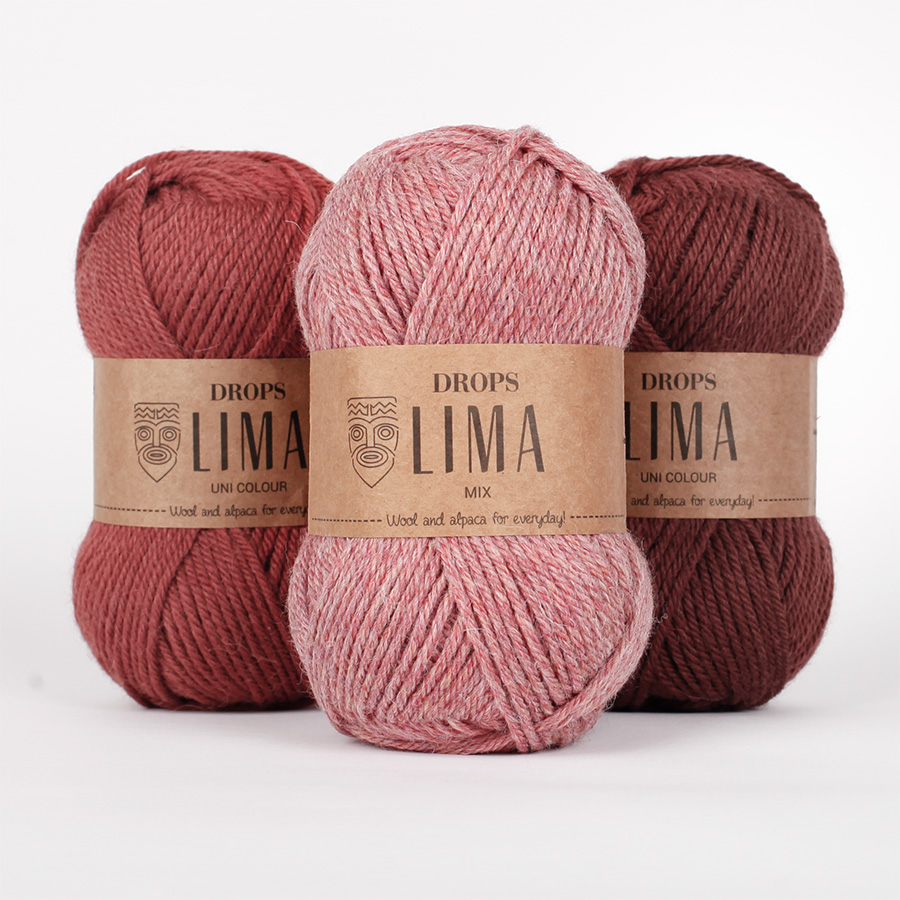




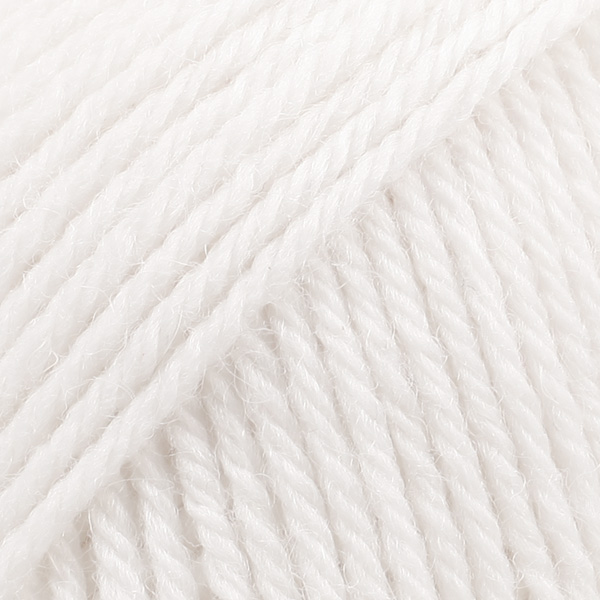




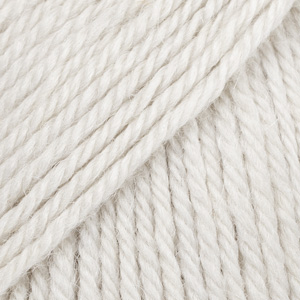
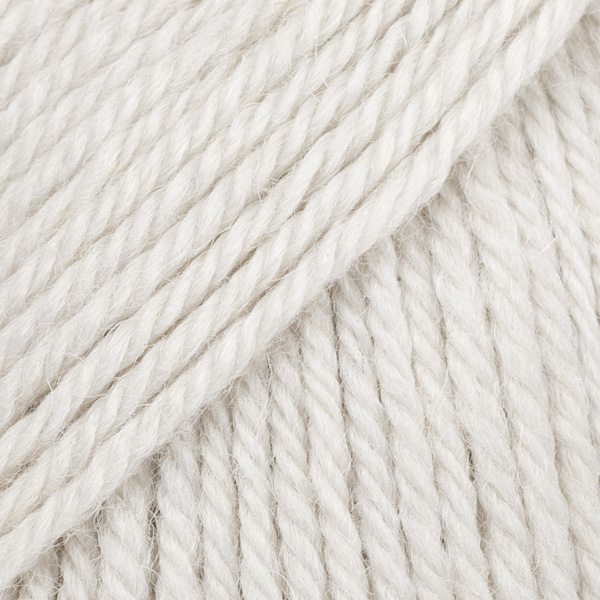

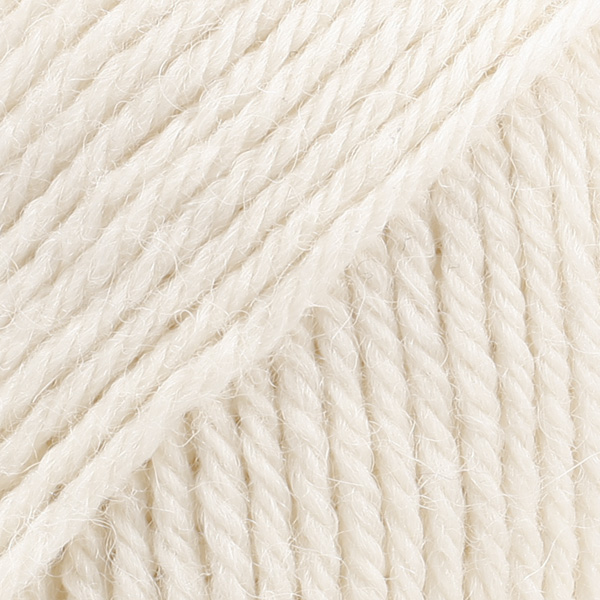






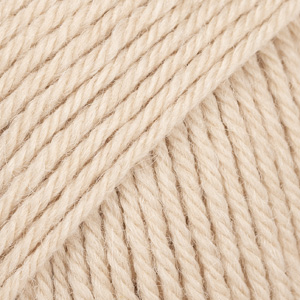
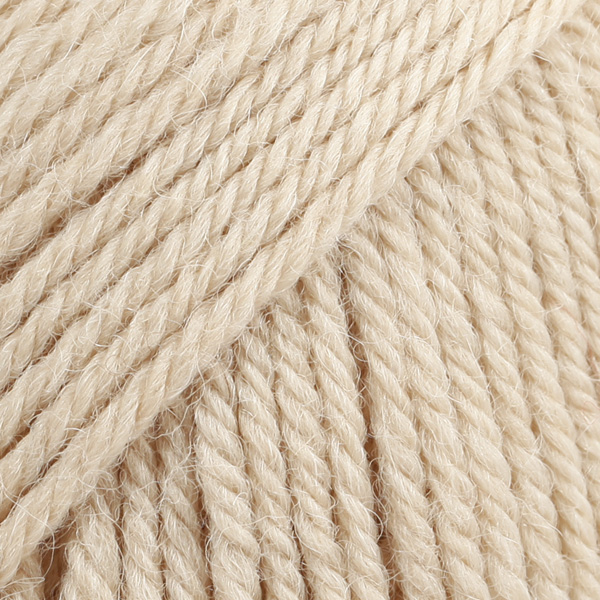









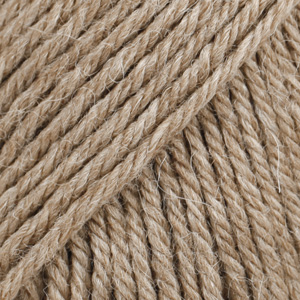
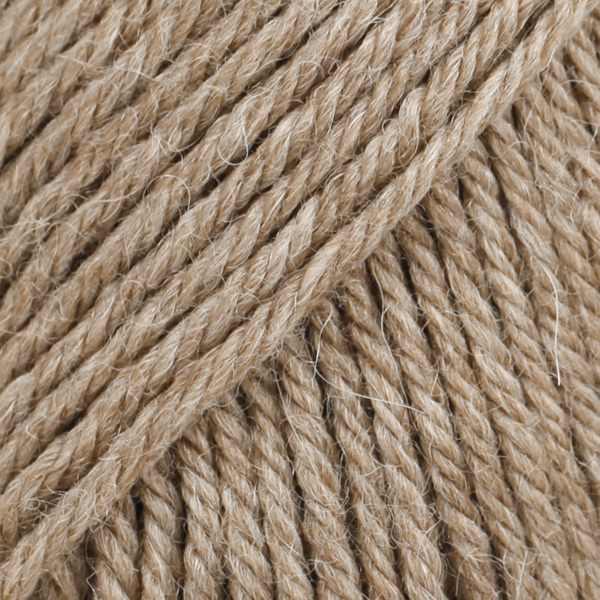


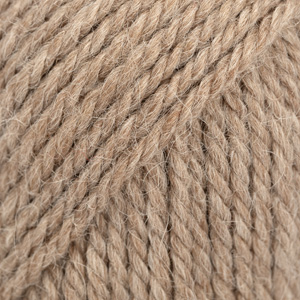

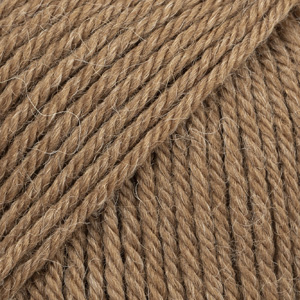
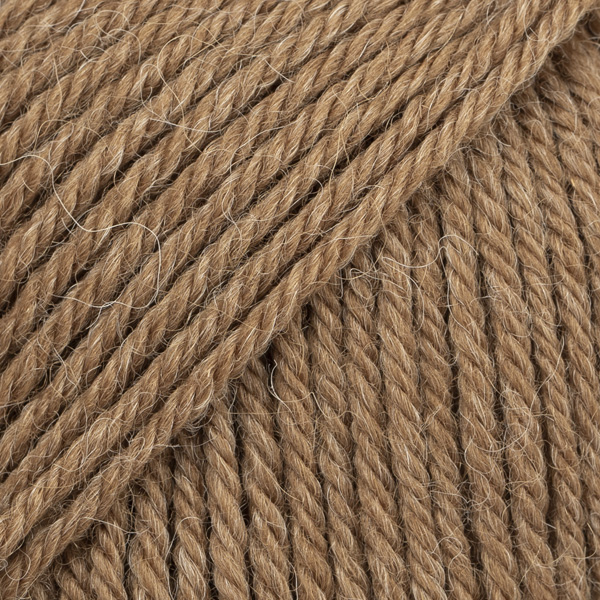

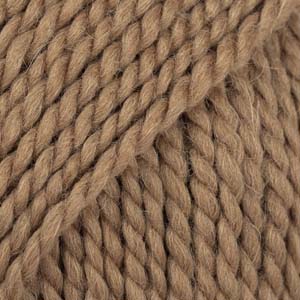







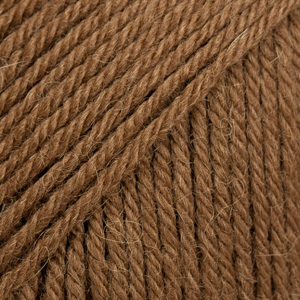
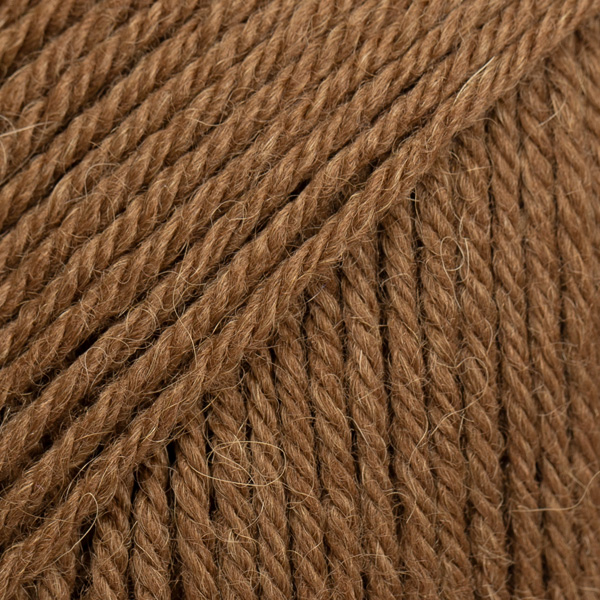


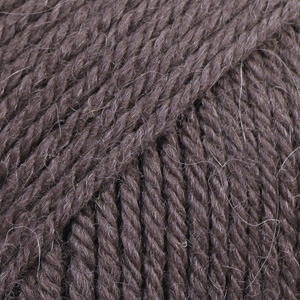
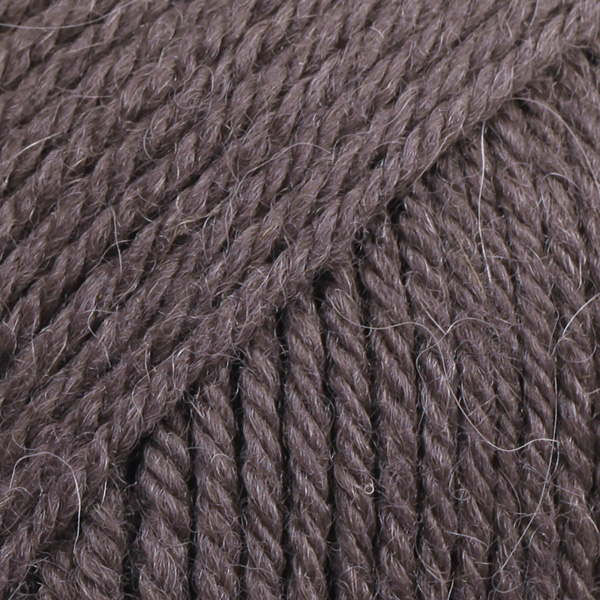
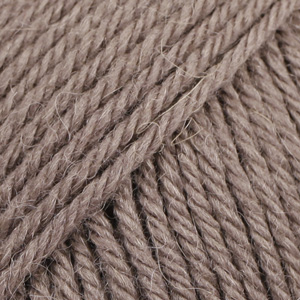
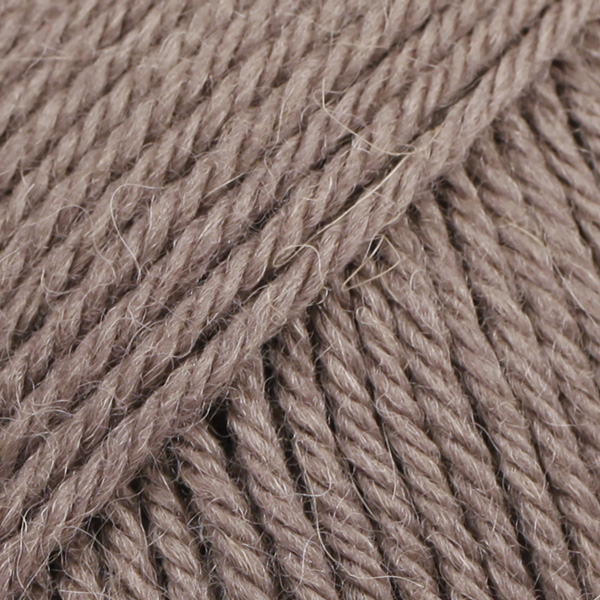
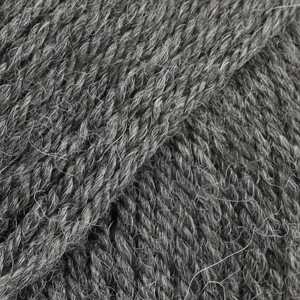






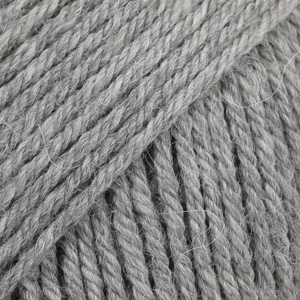
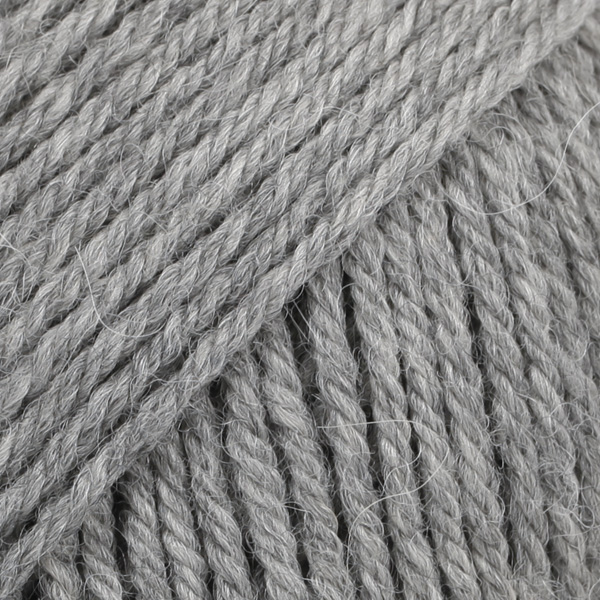








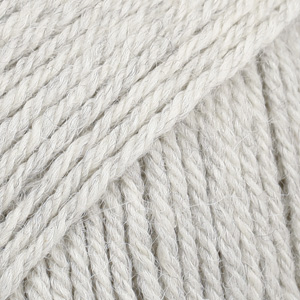
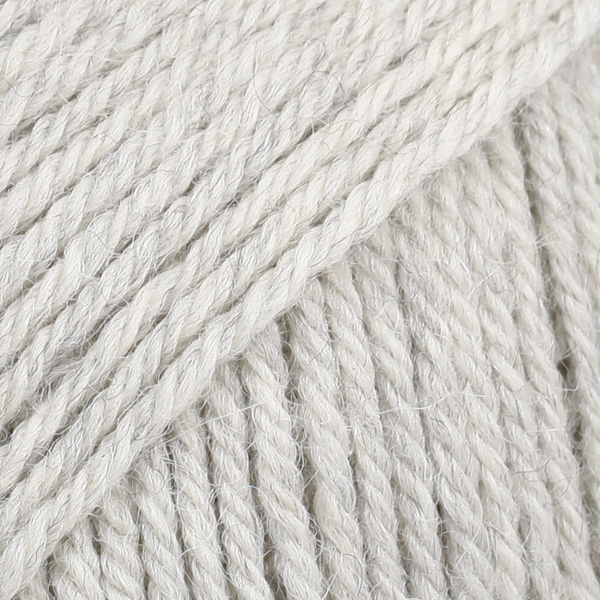










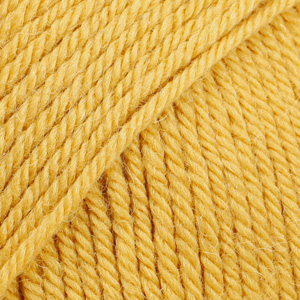
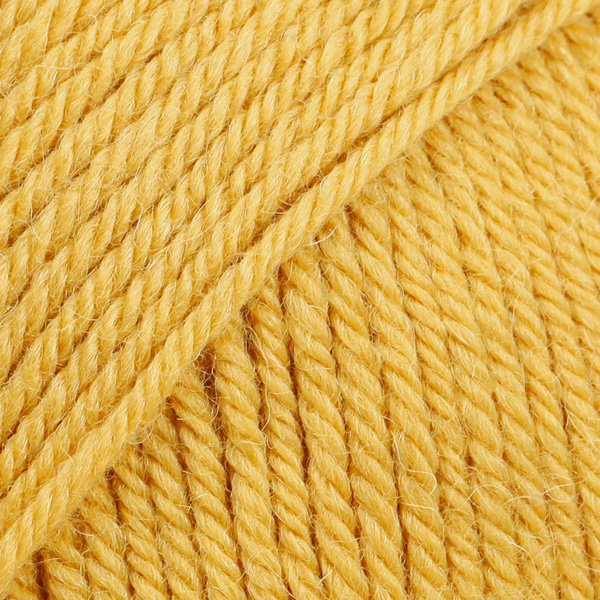



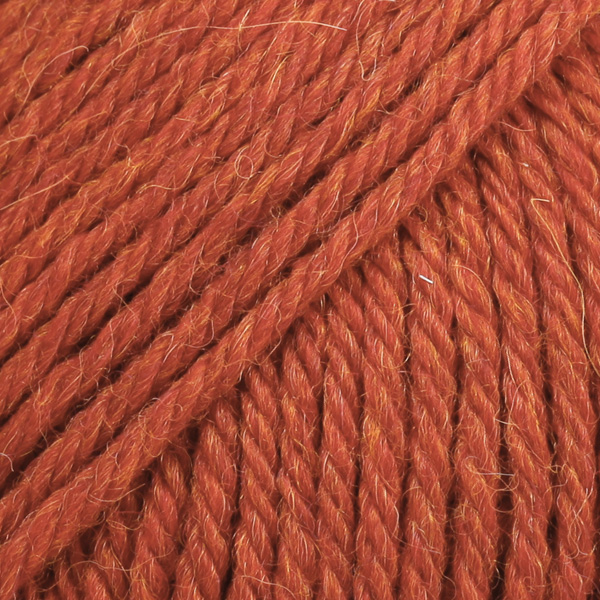
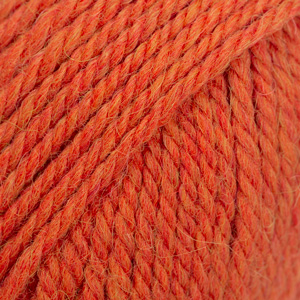


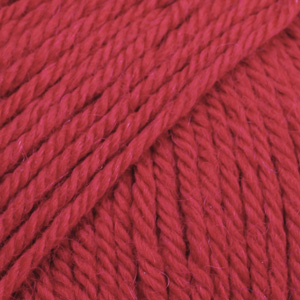
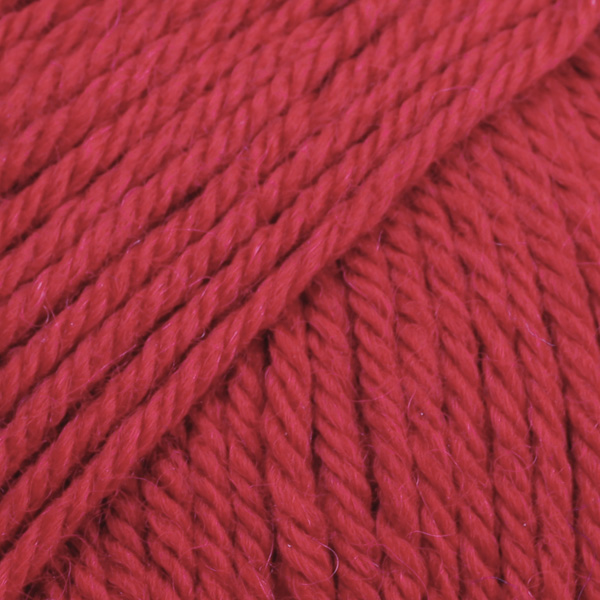





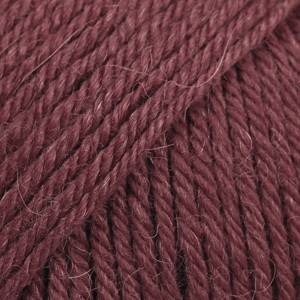
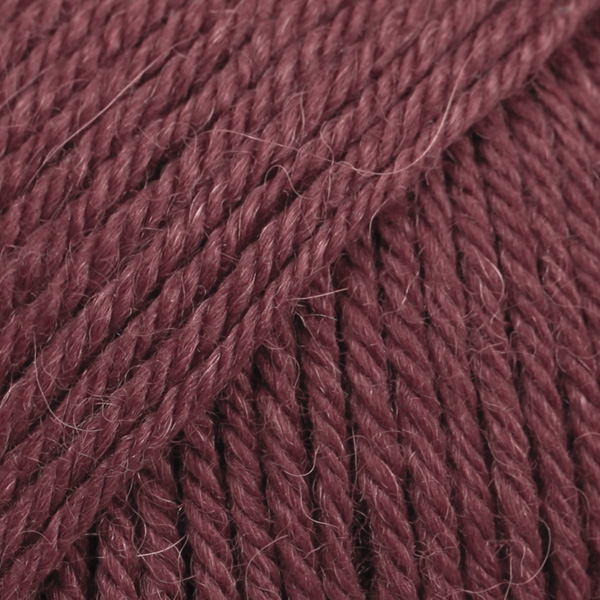
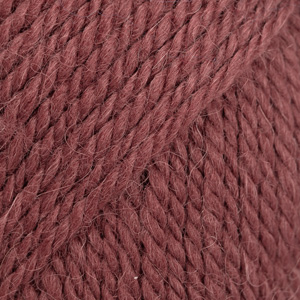



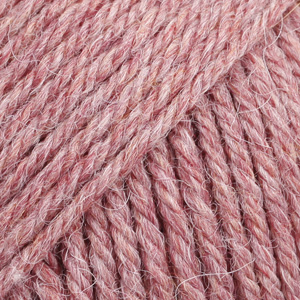
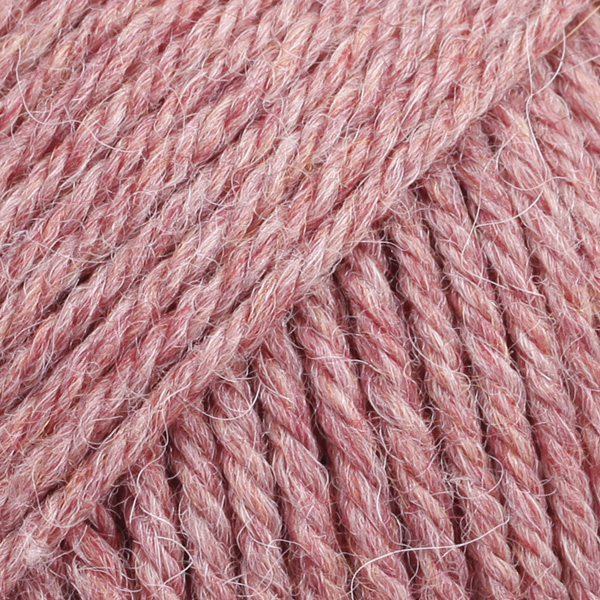
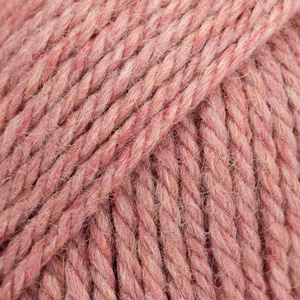

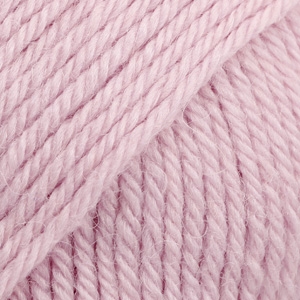
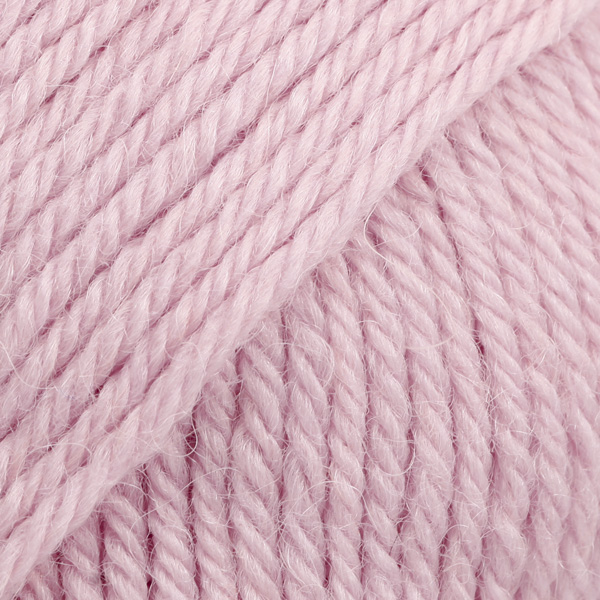


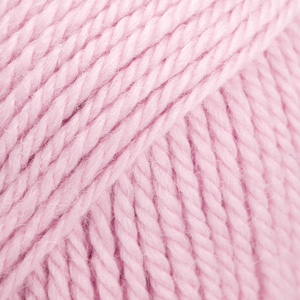
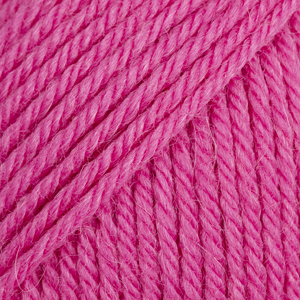
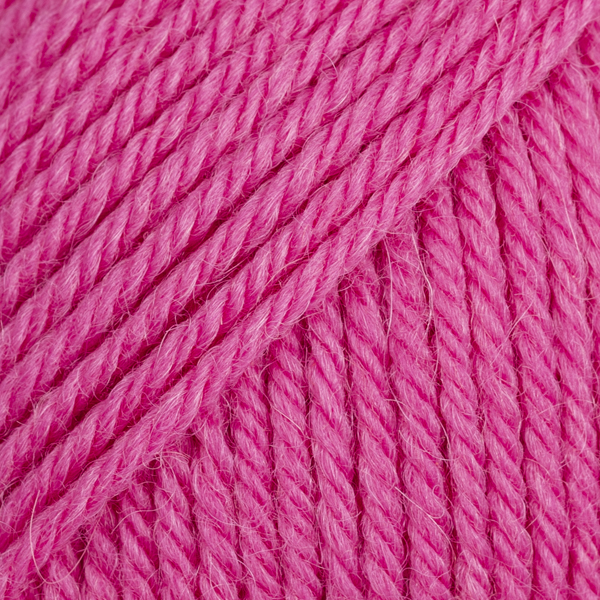









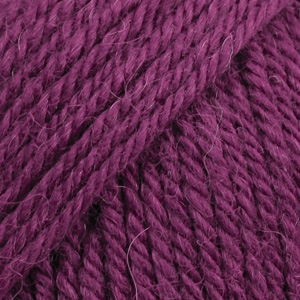
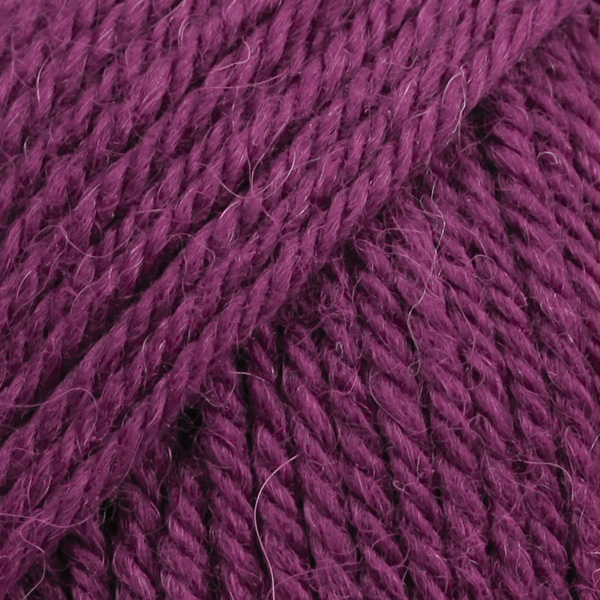

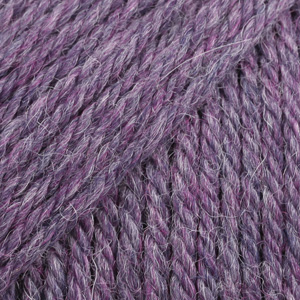
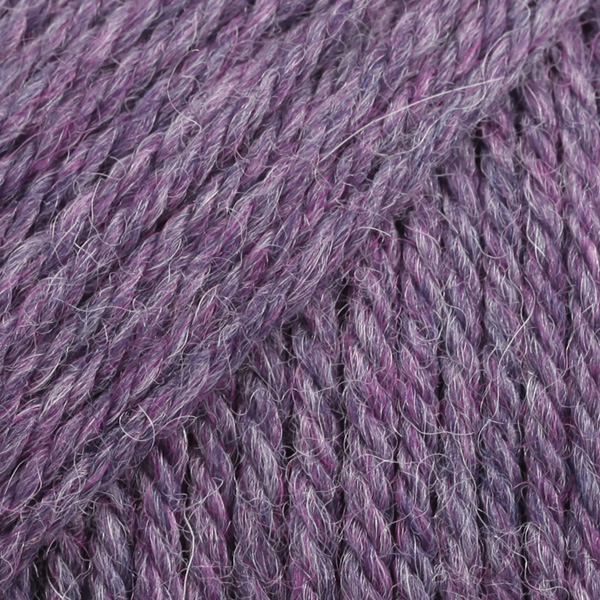




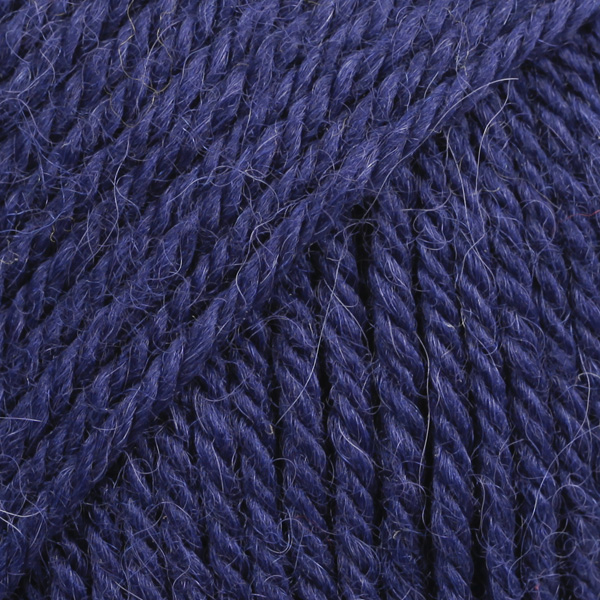

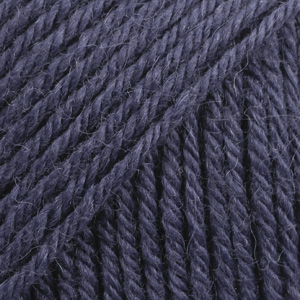
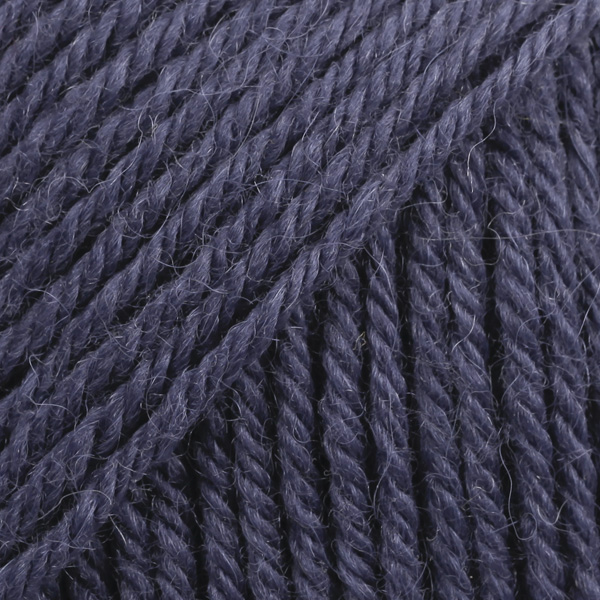



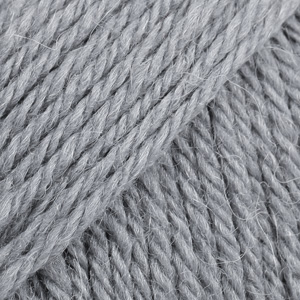
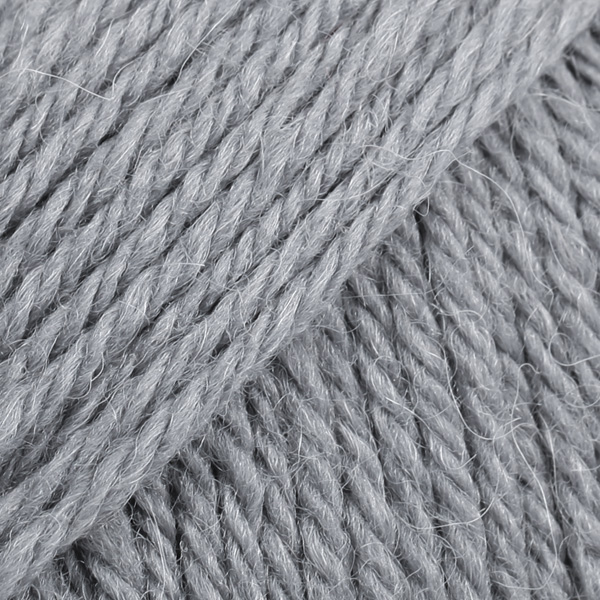
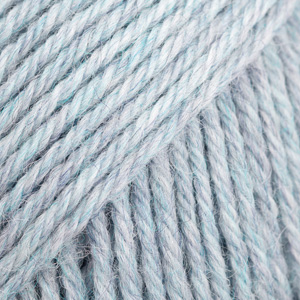
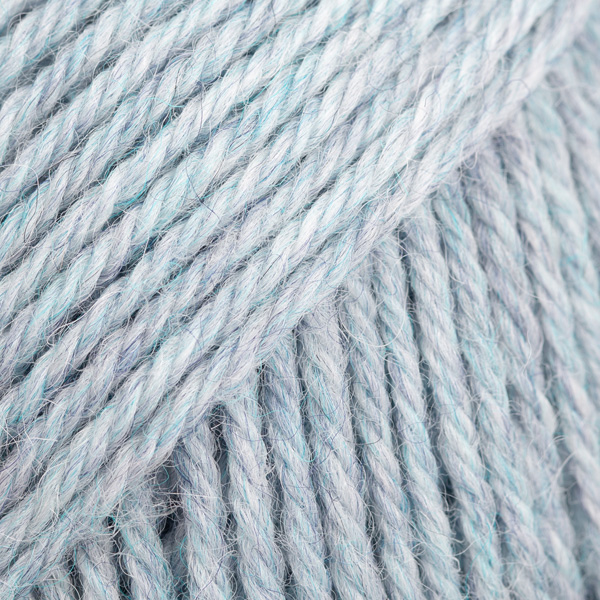
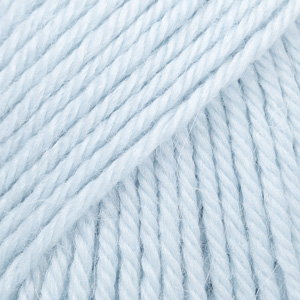
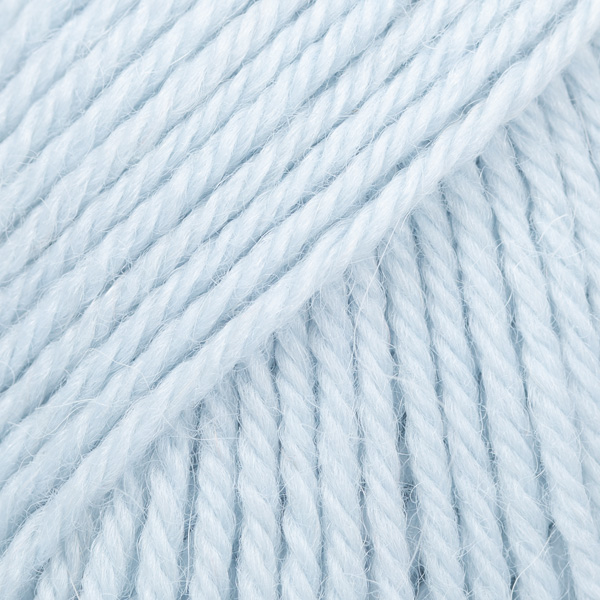
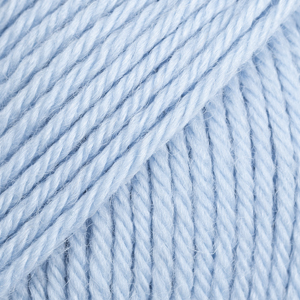
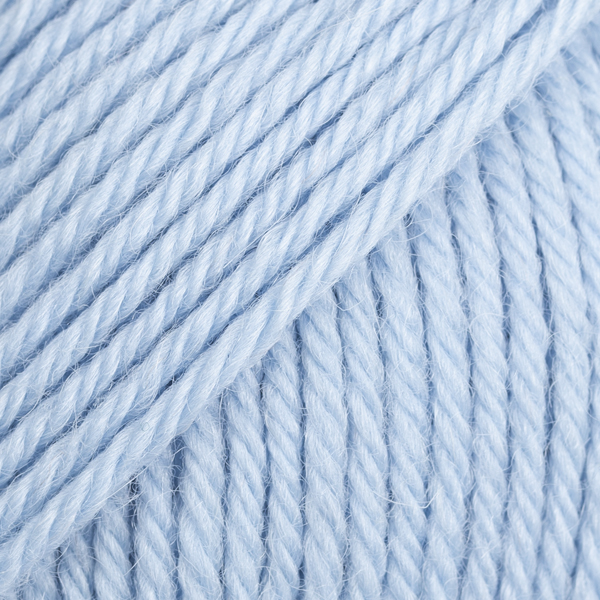
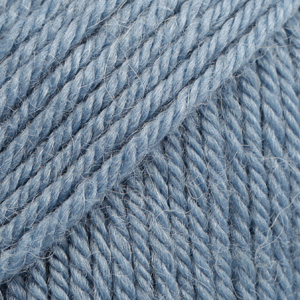

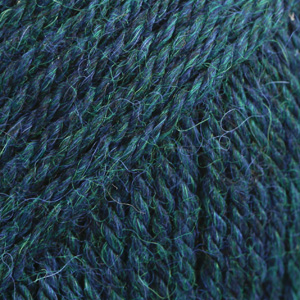
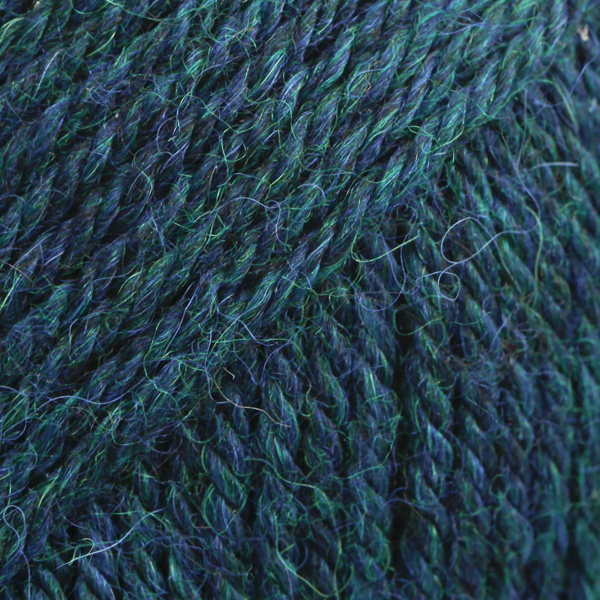
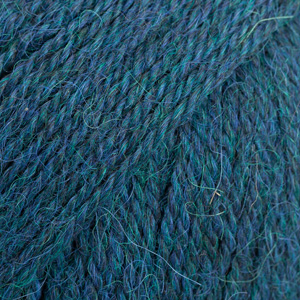
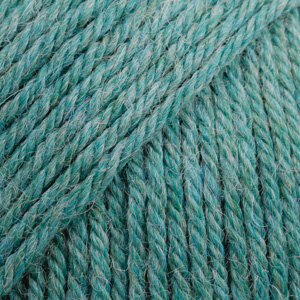
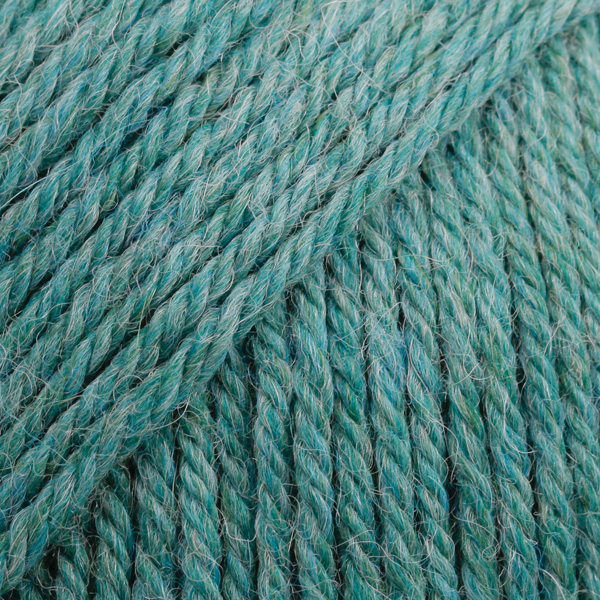








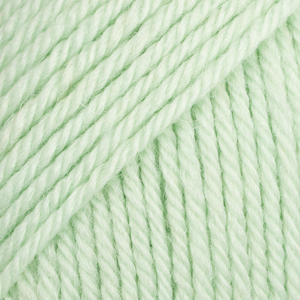
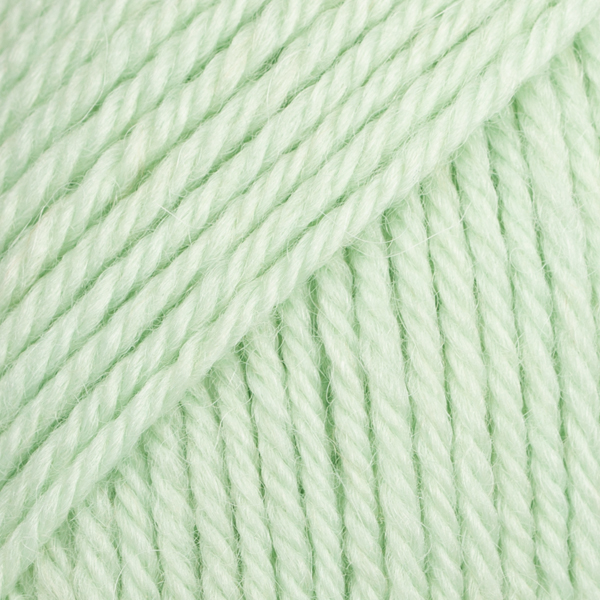

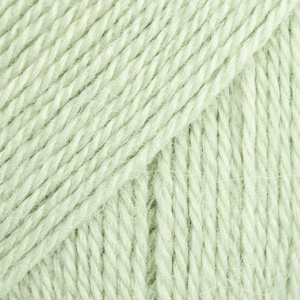








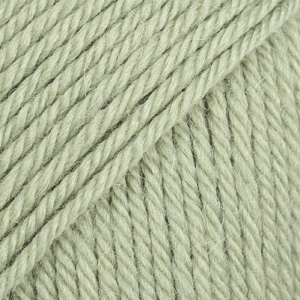
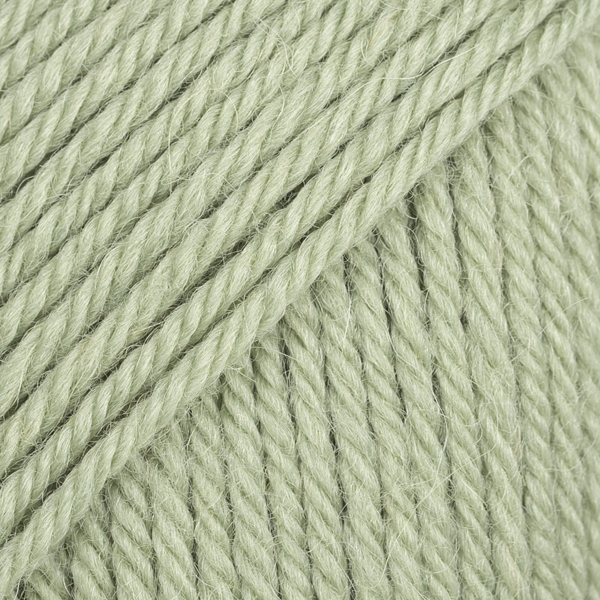
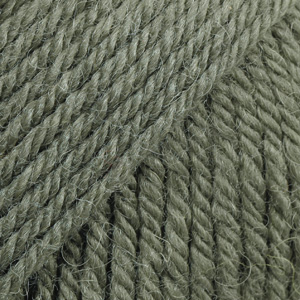
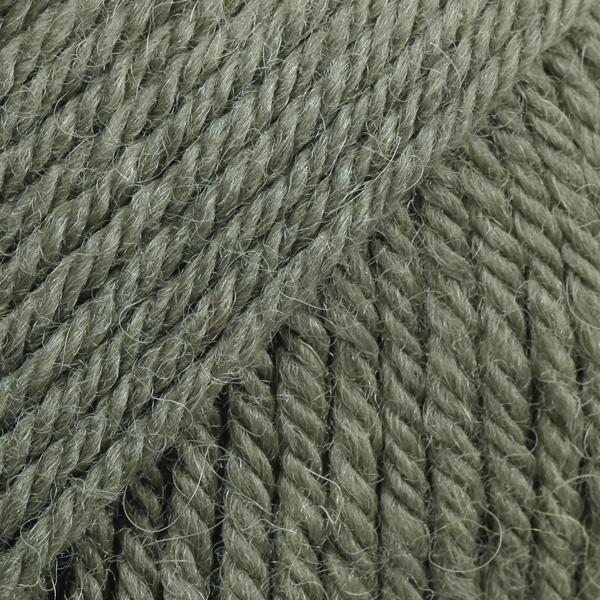
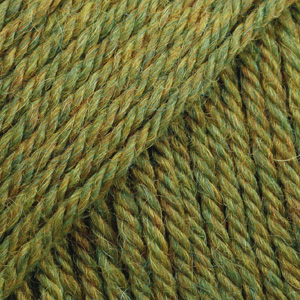
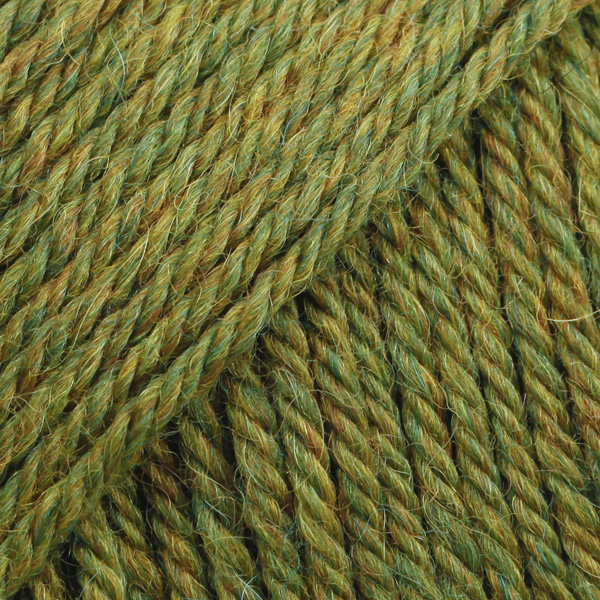

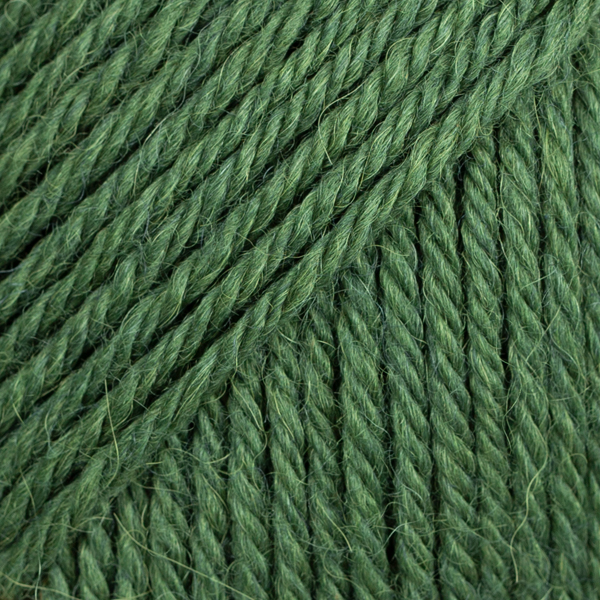



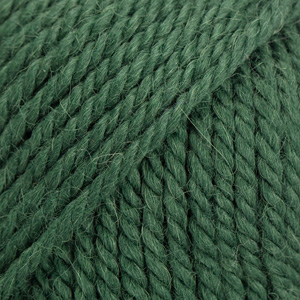


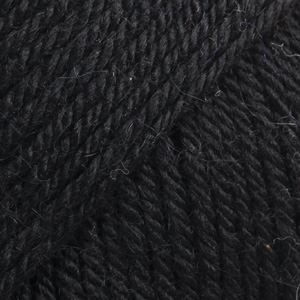
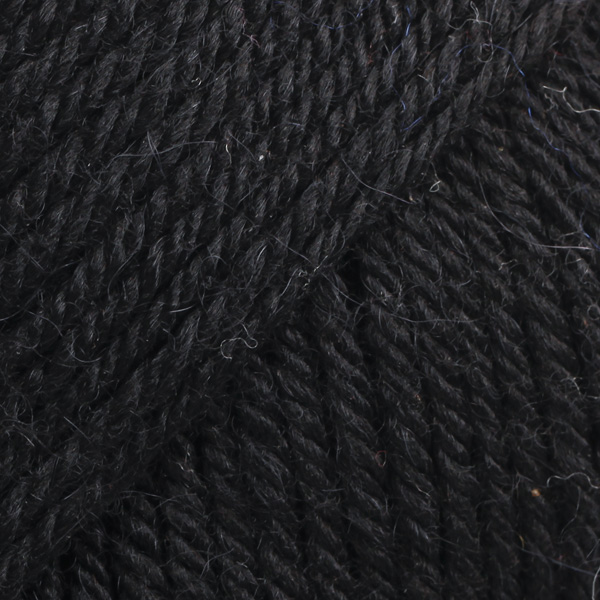


















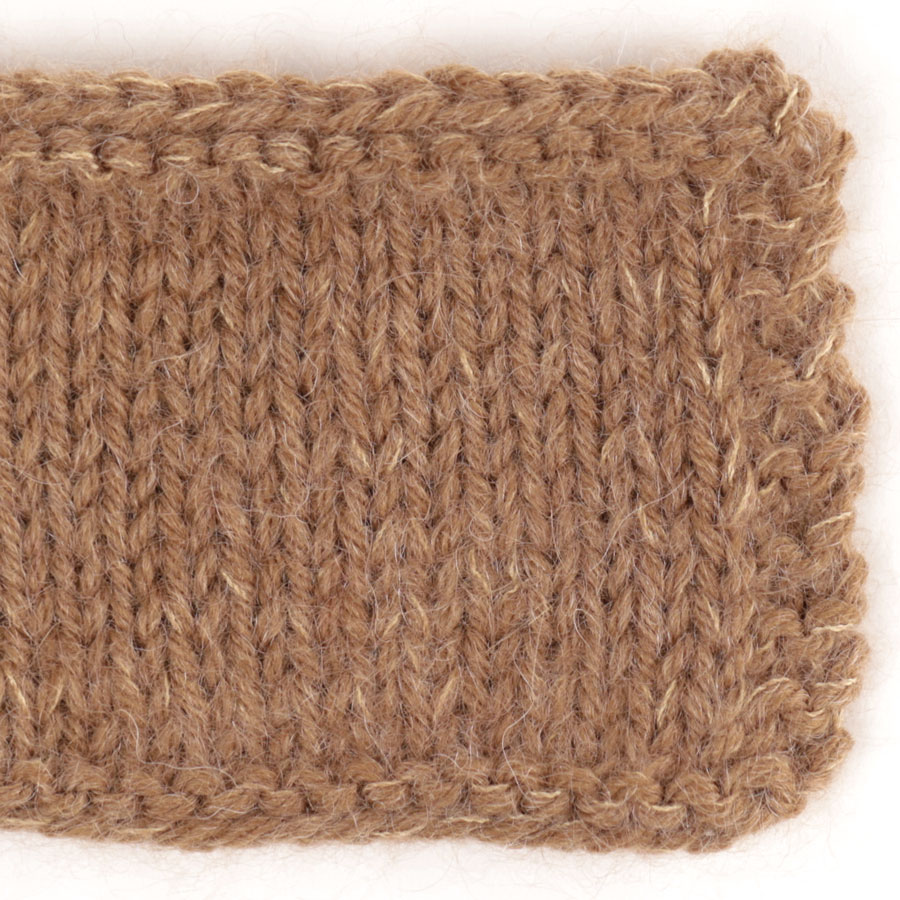
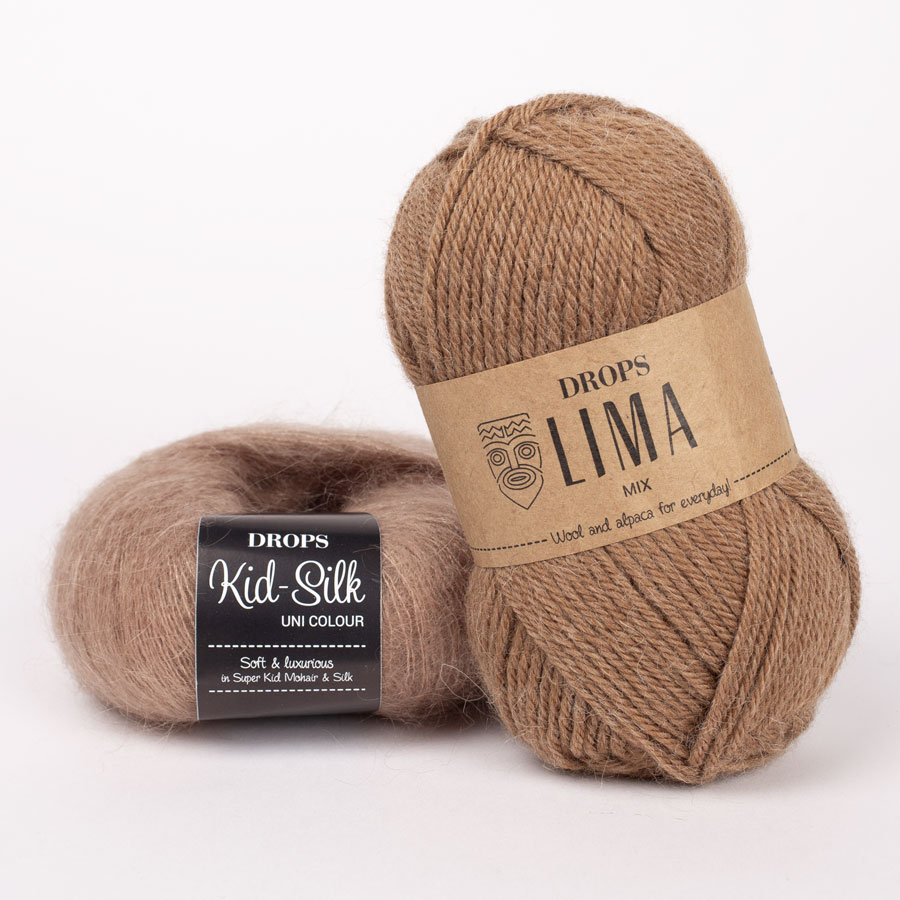
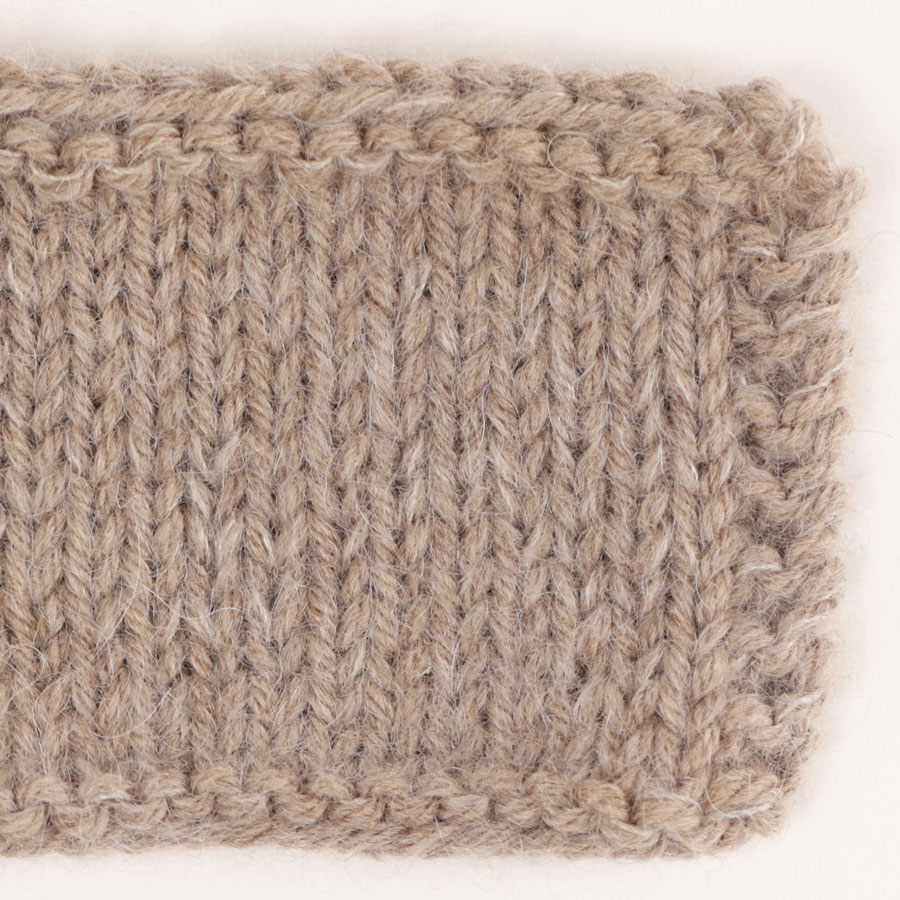
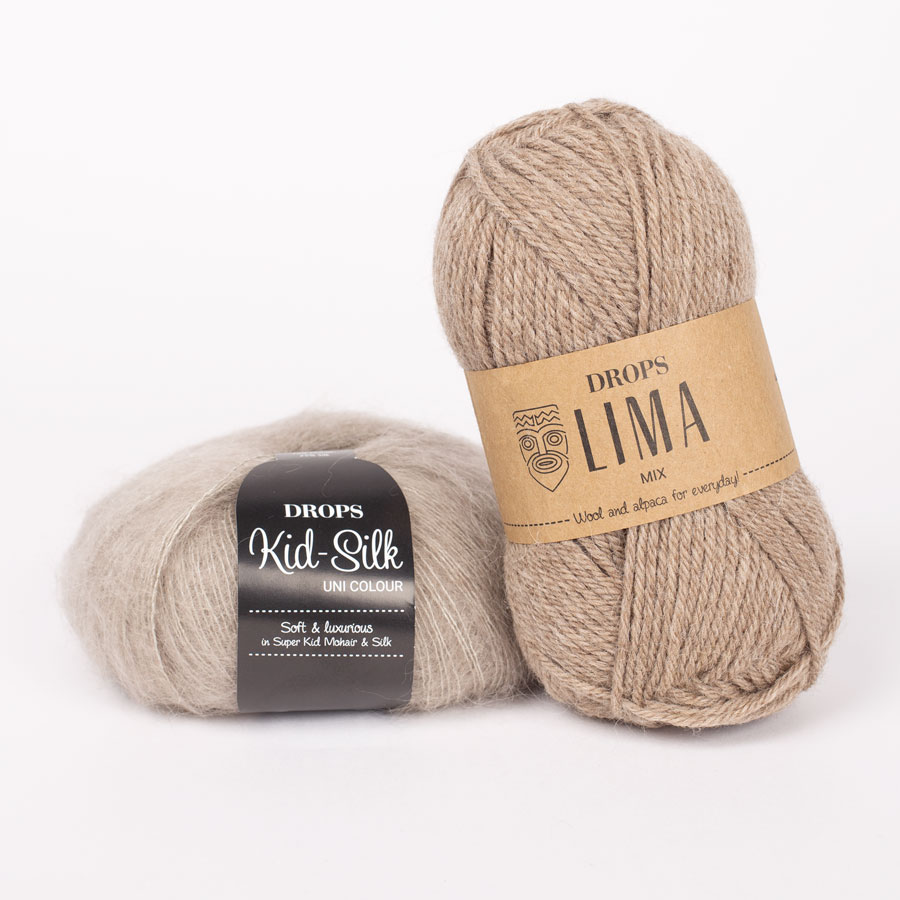
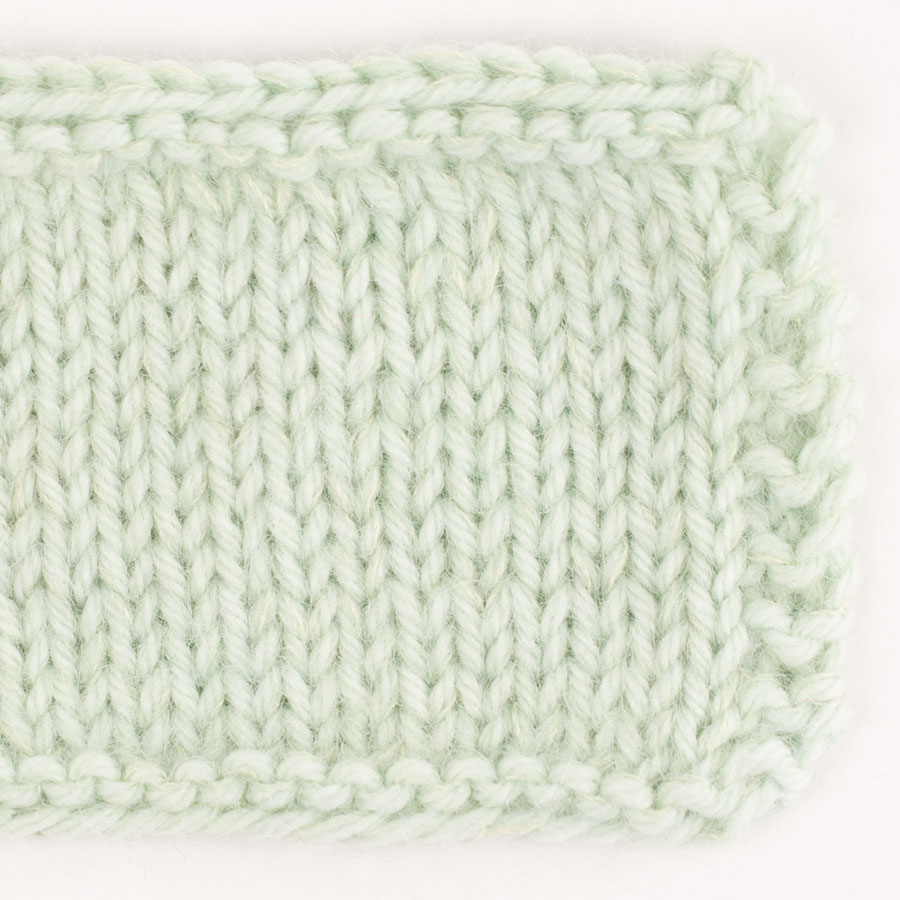
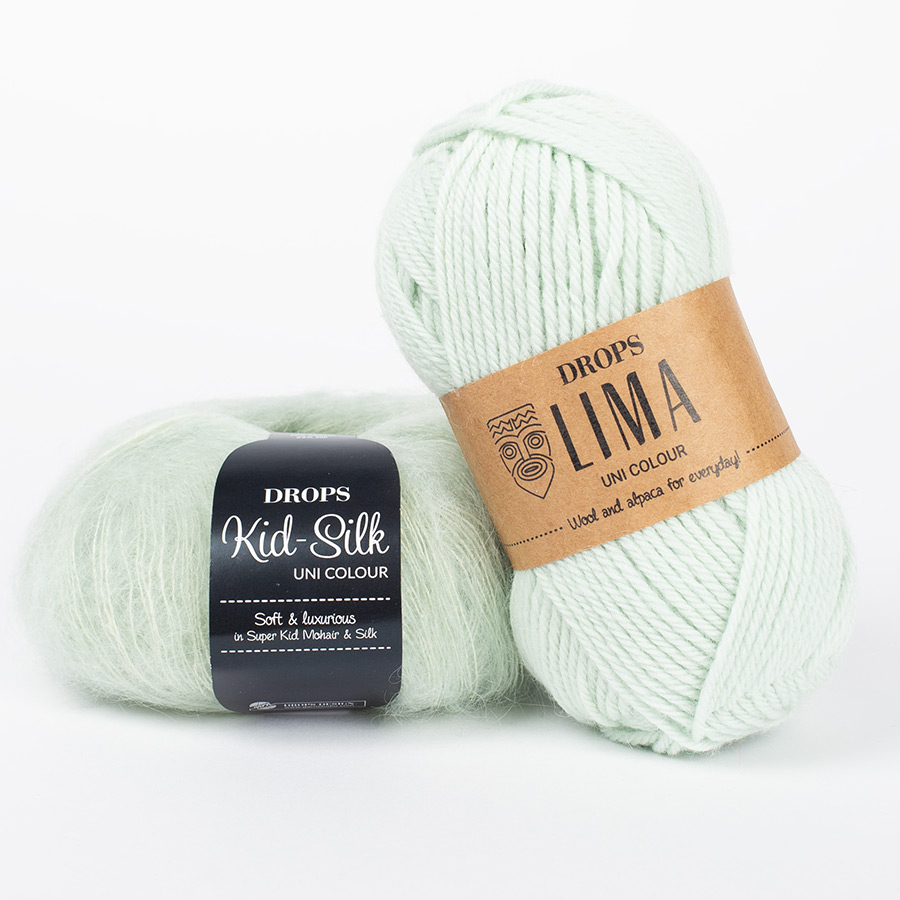
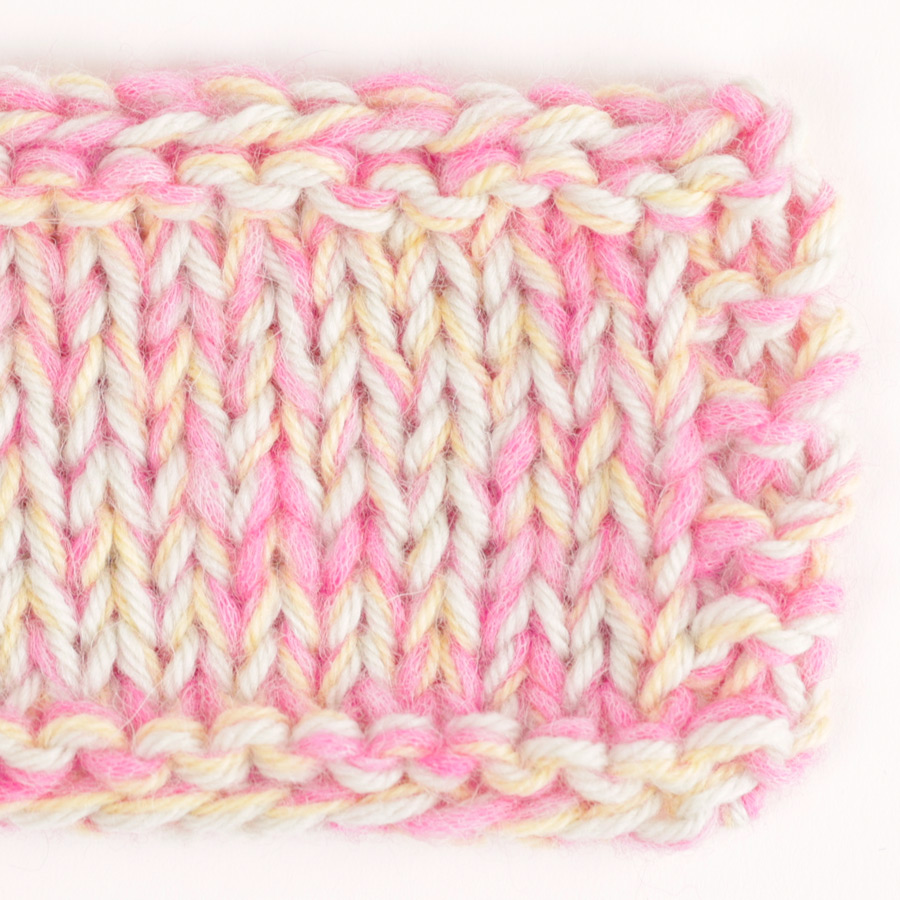
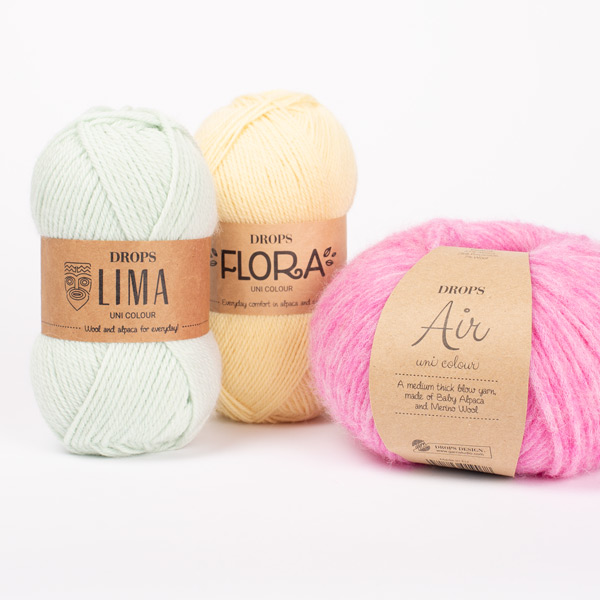
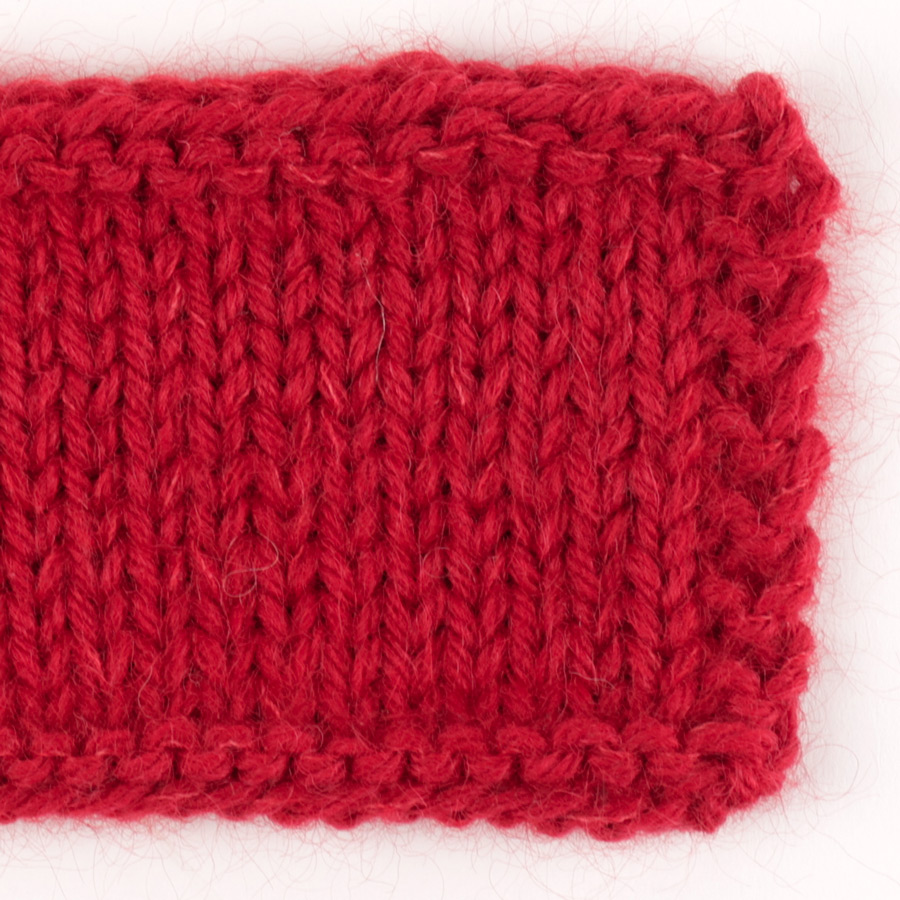
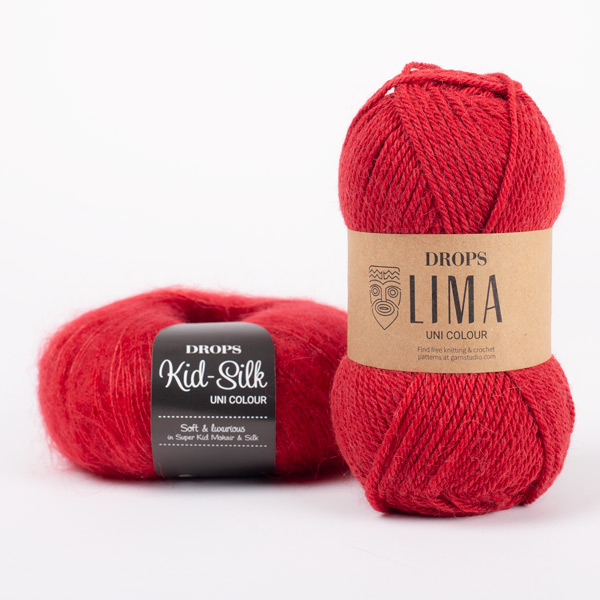
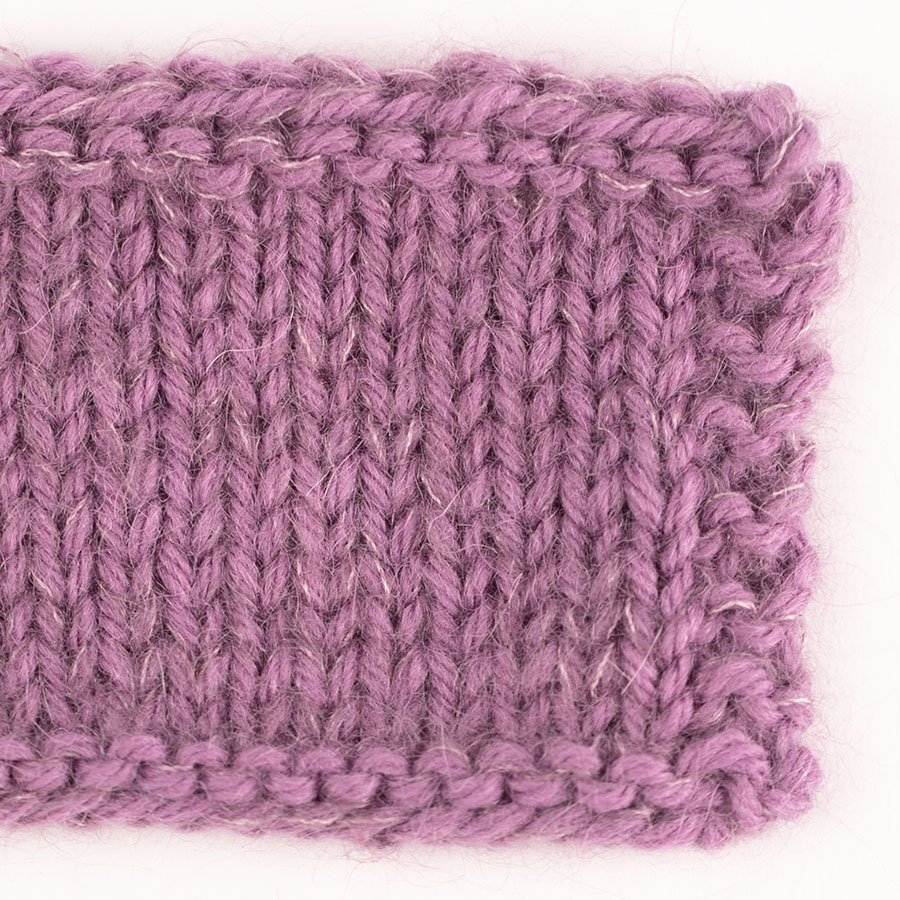

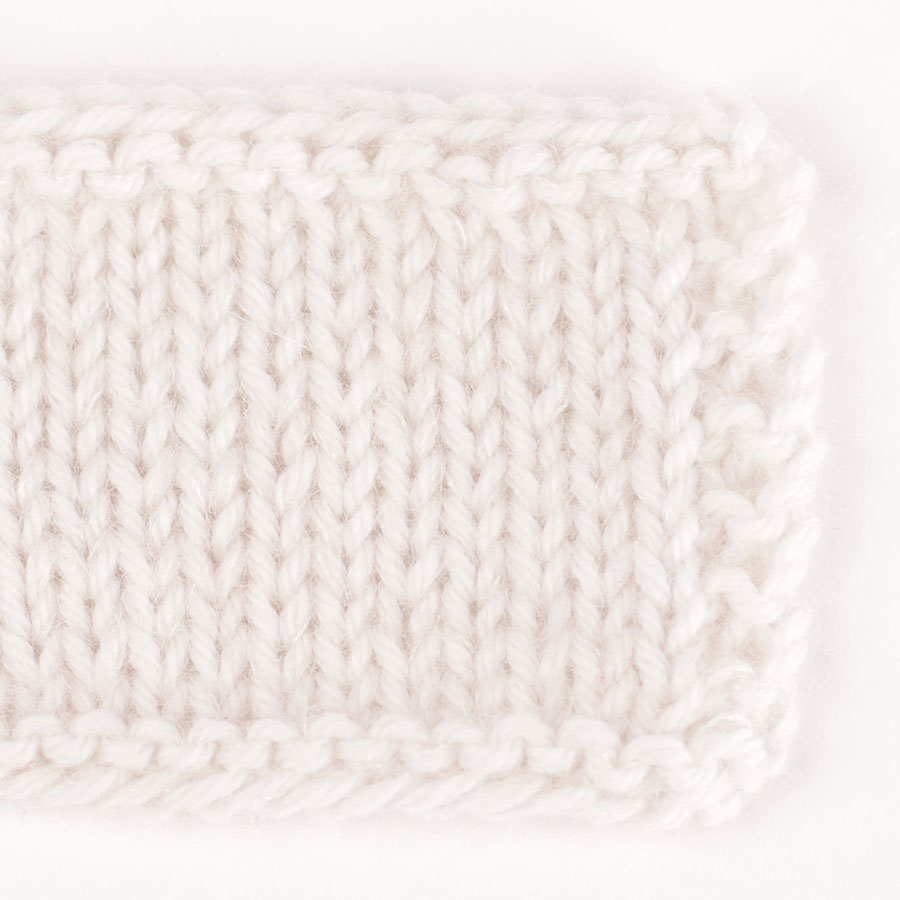
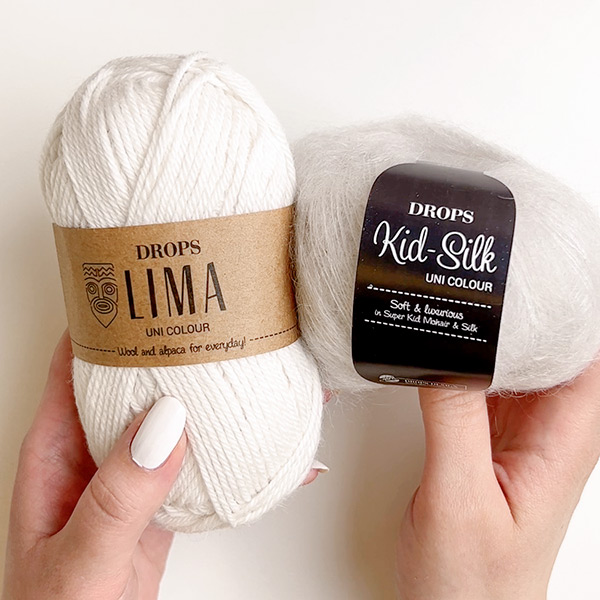
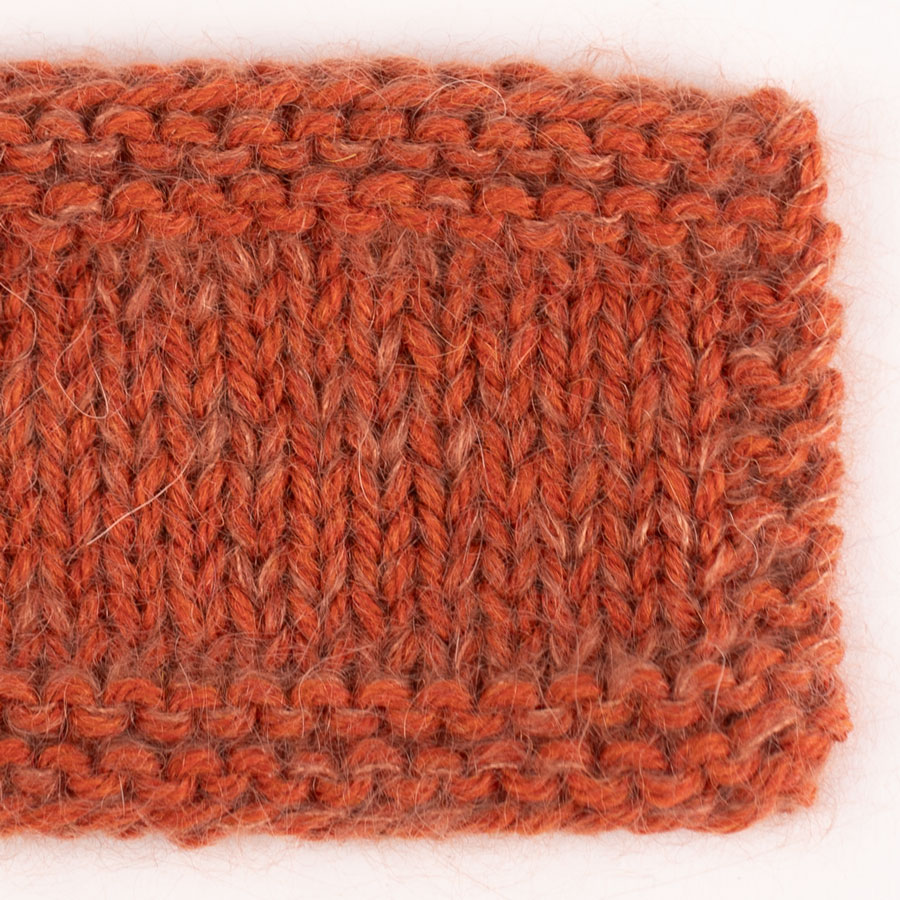
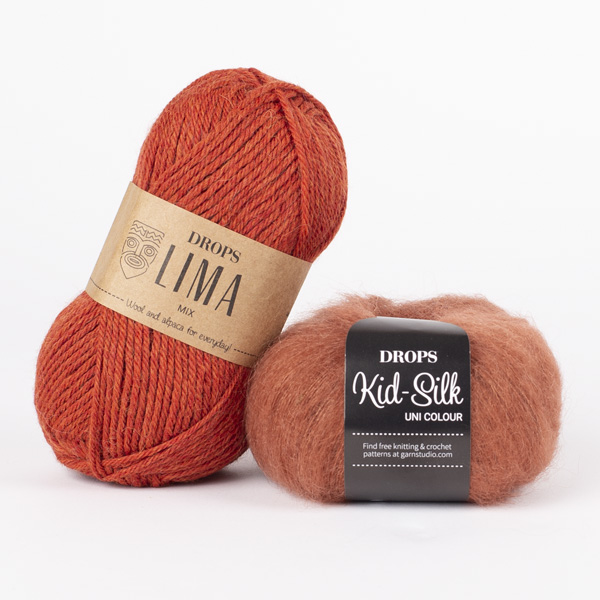
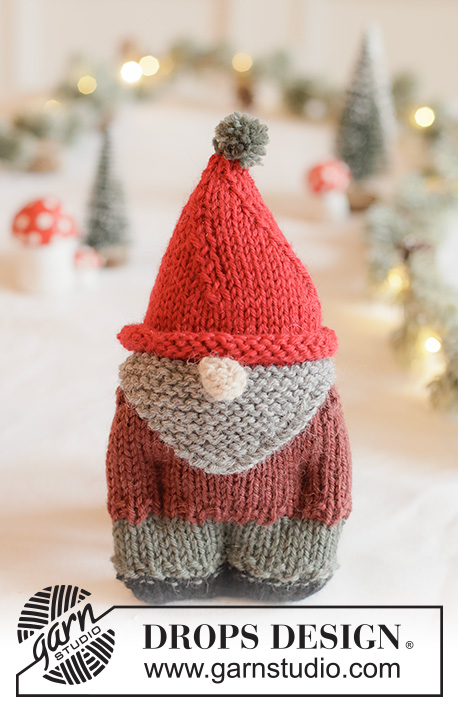

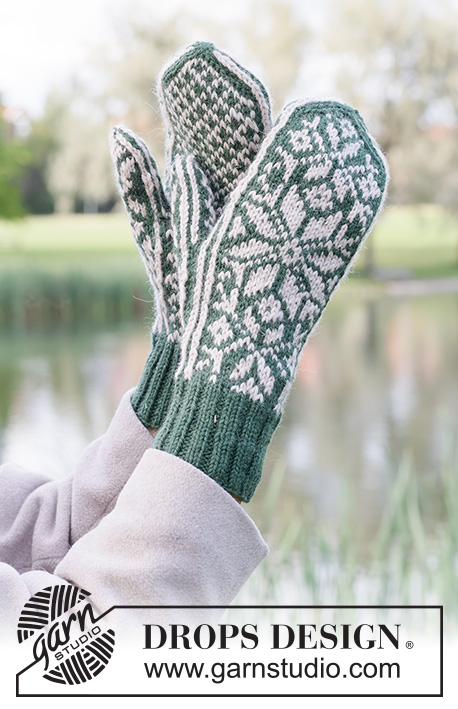

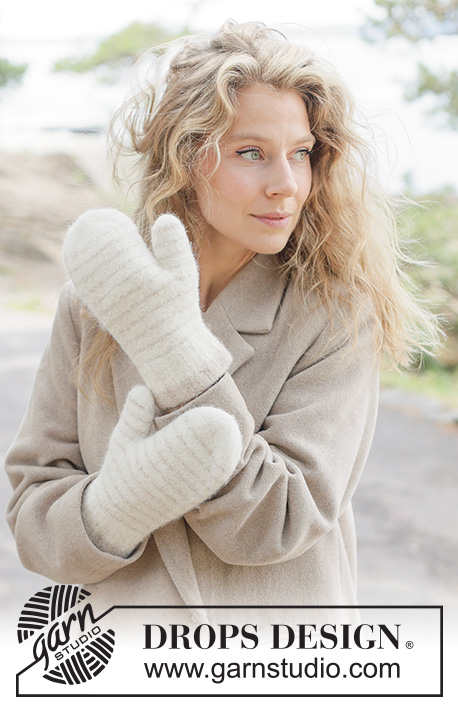
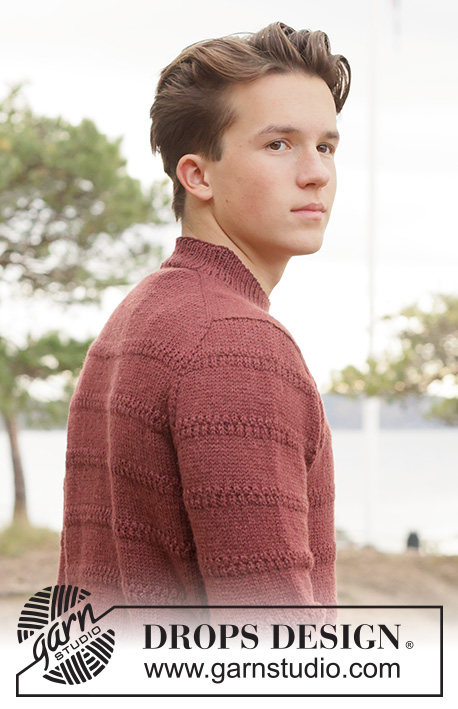


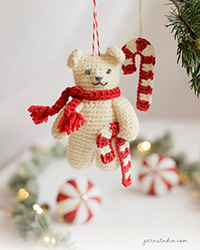
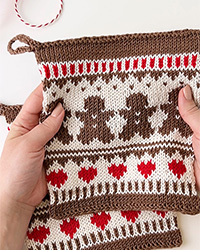
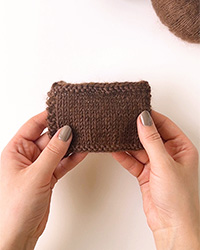

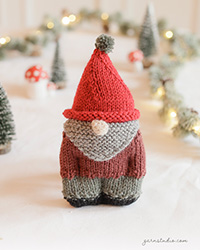

Kann die lima wolle von deutschland in die schweiz geliefert werden? gruss ruth
06.01.2021 - 19:49